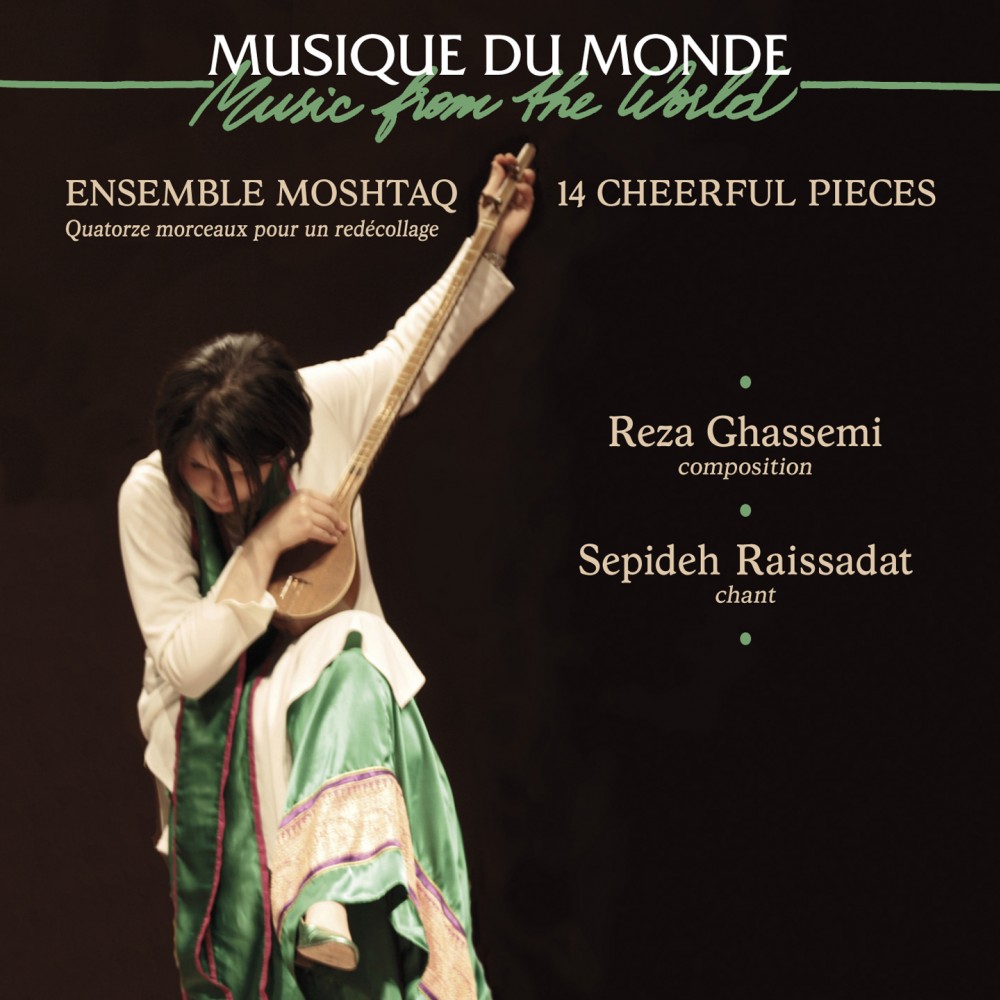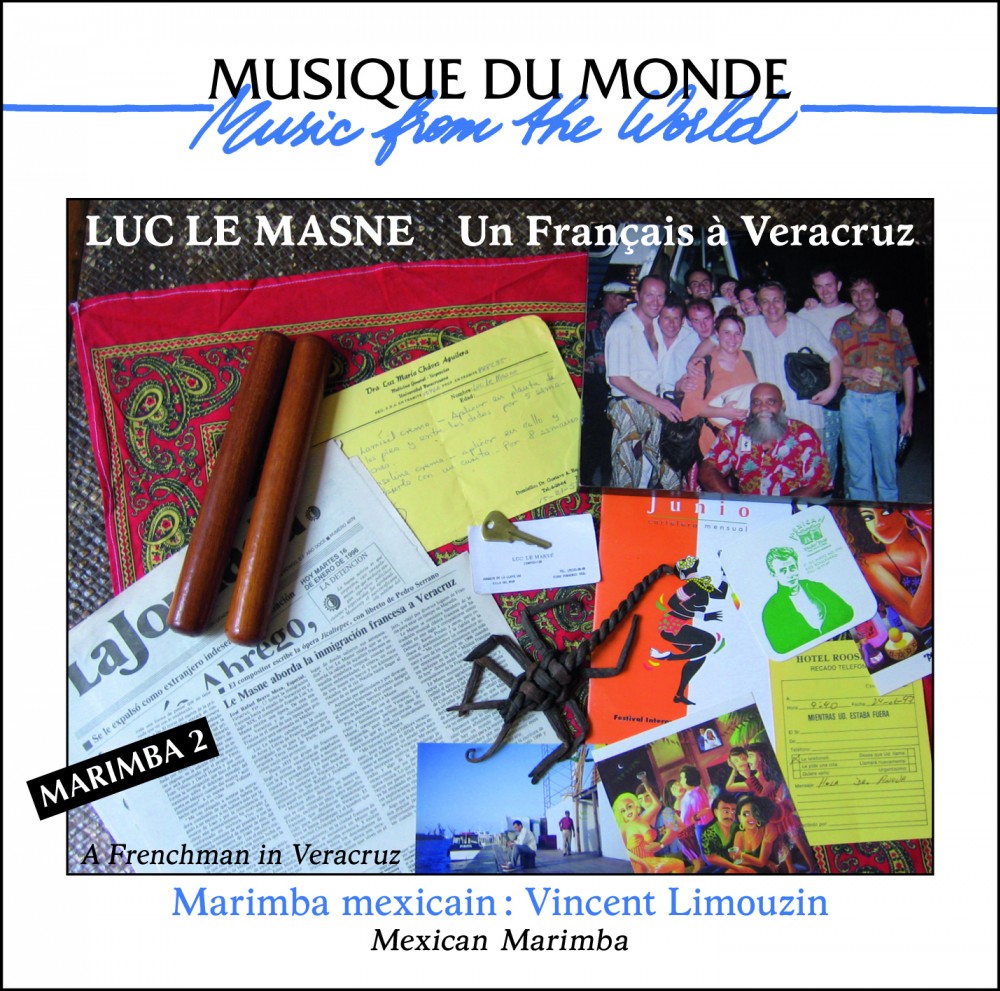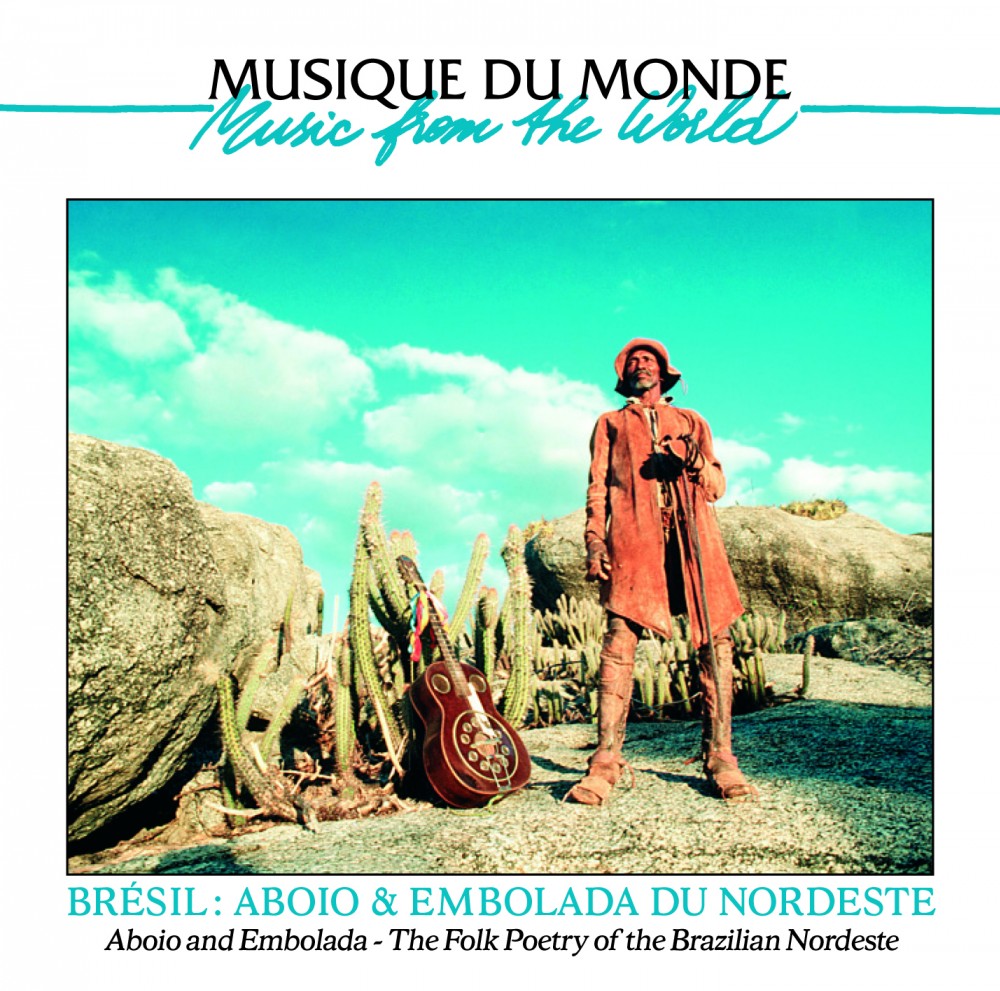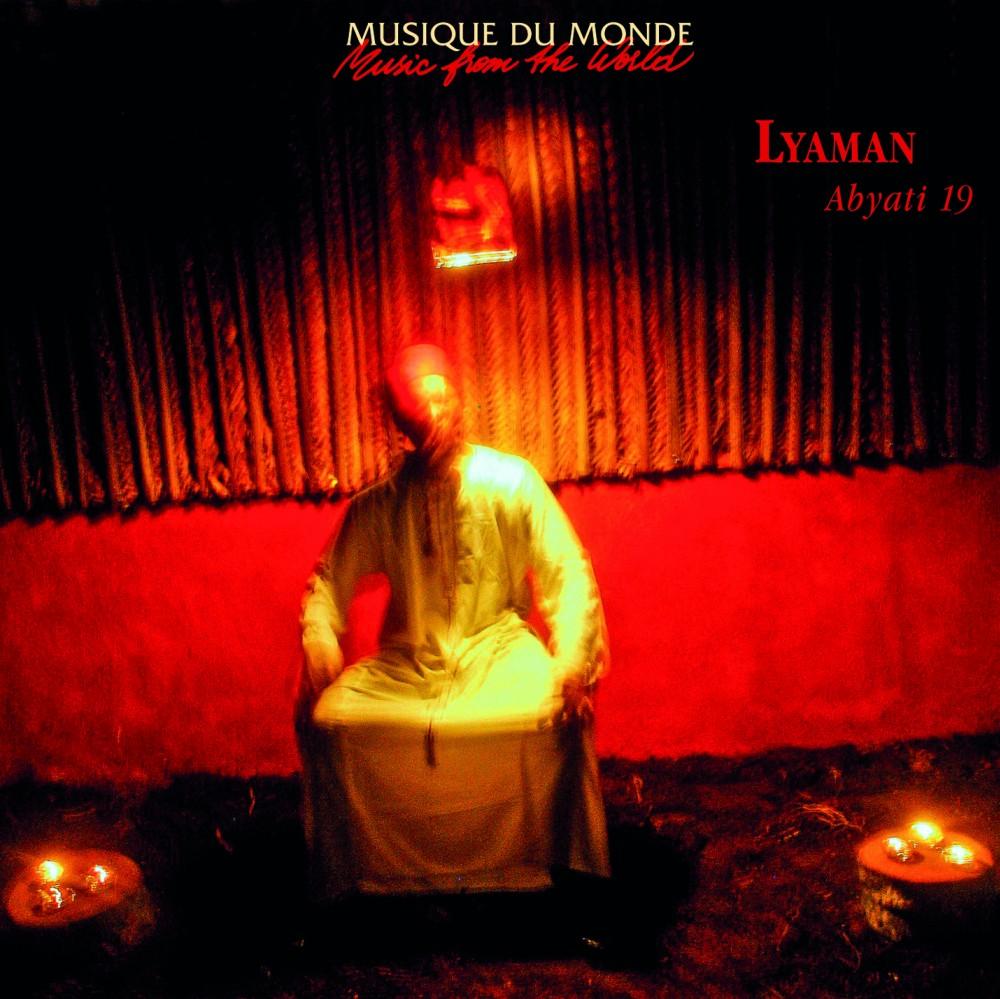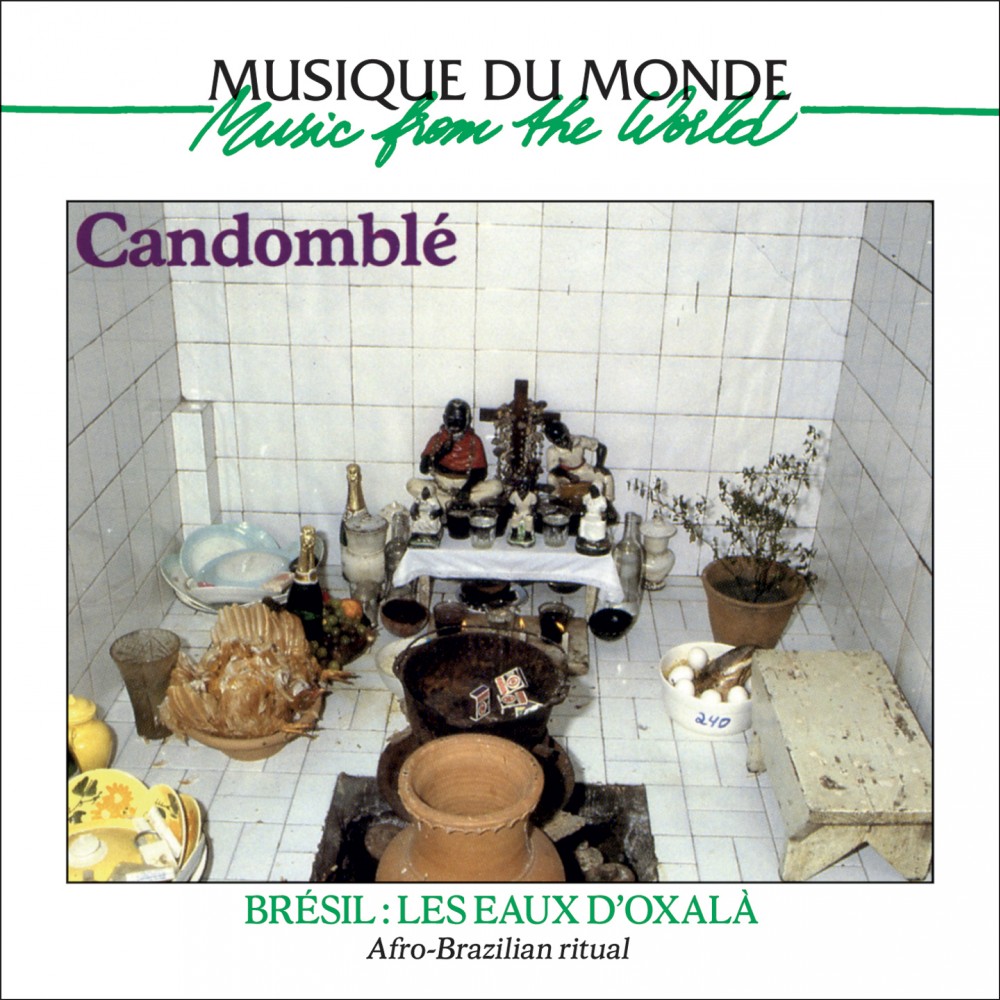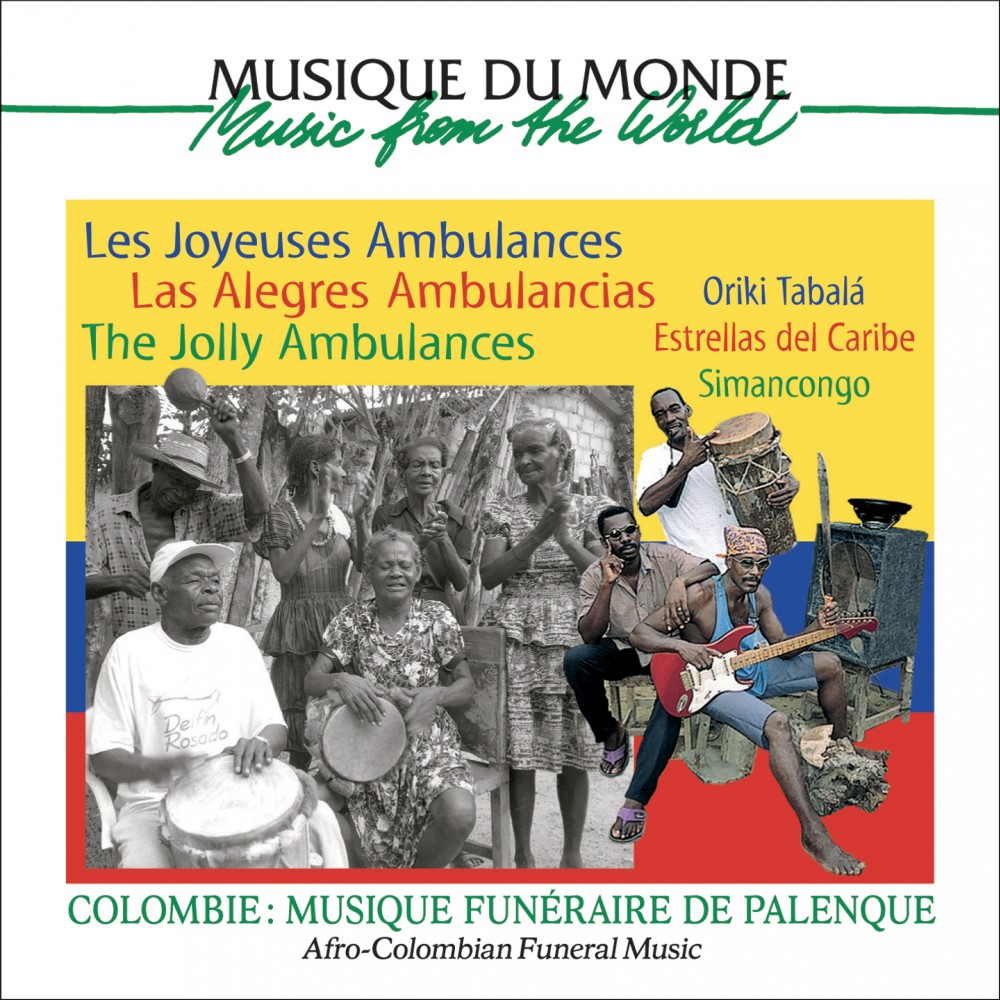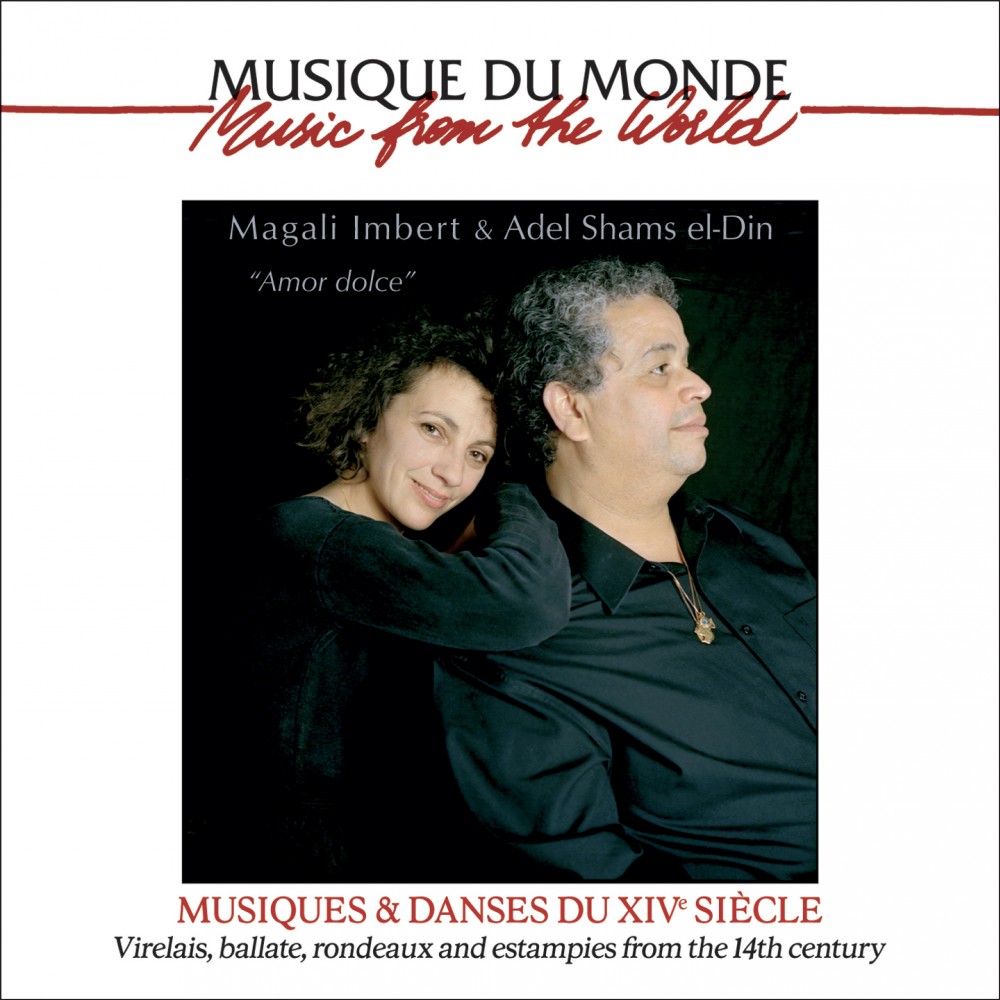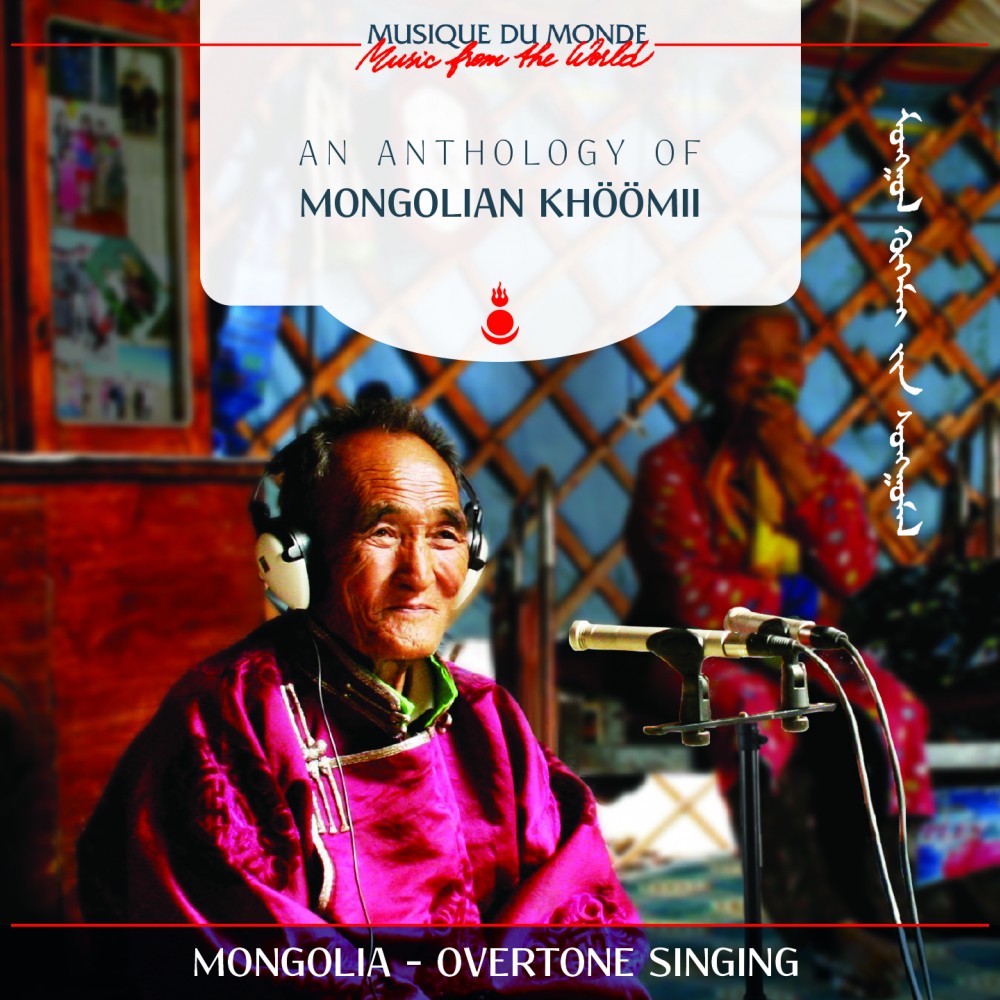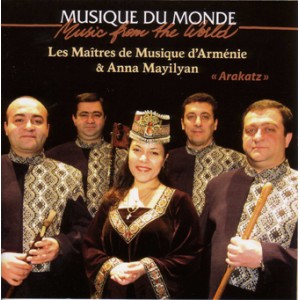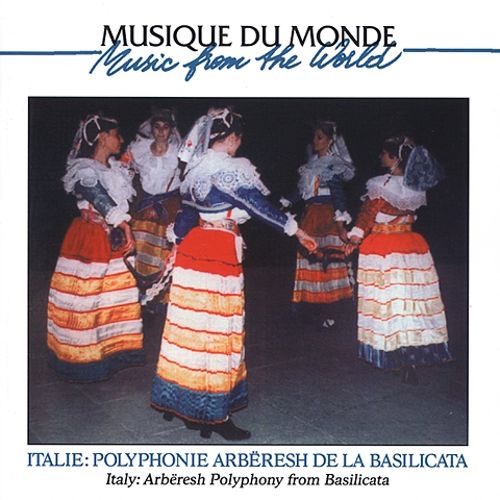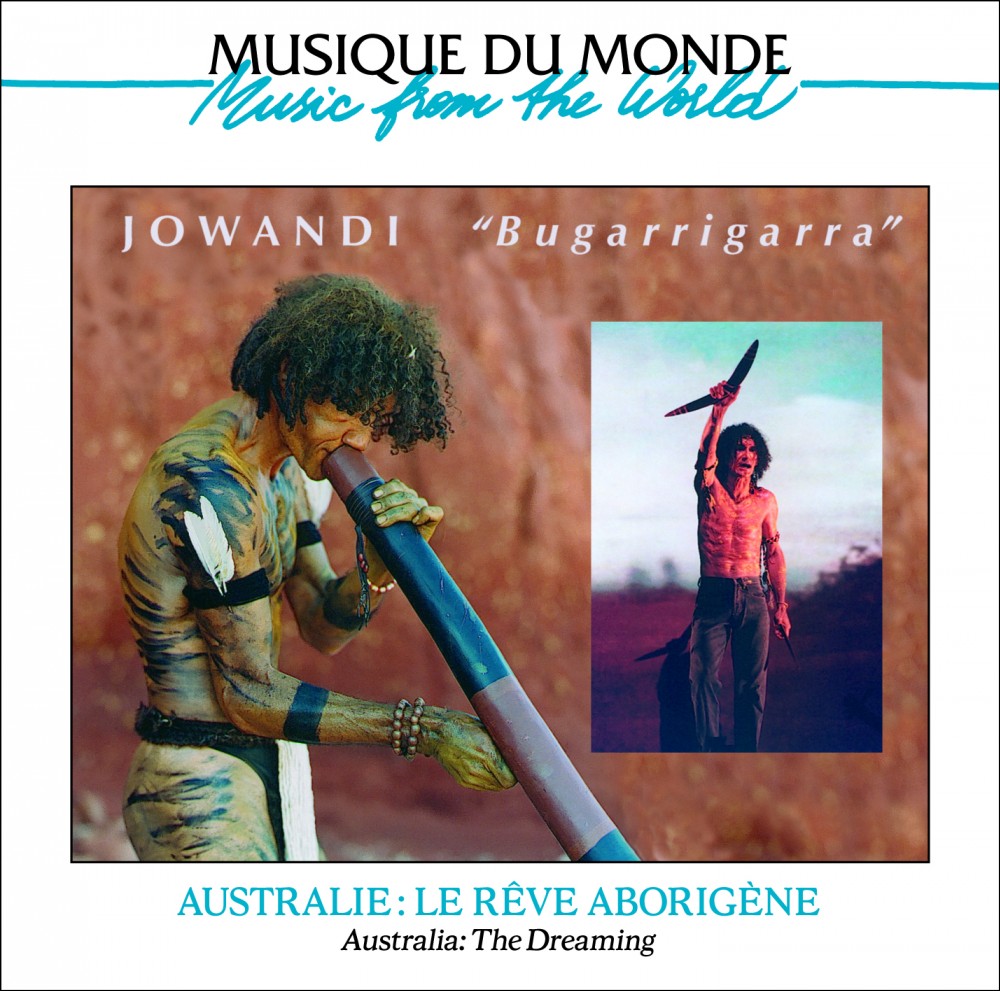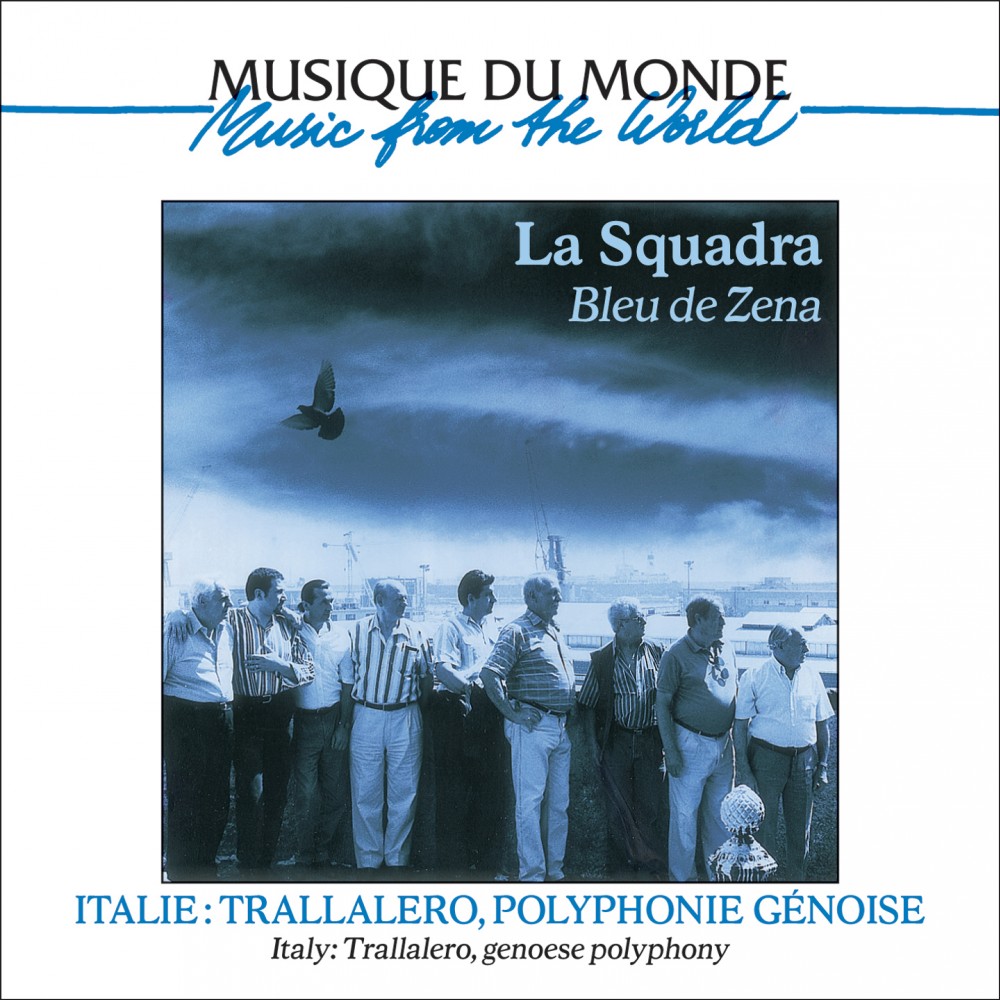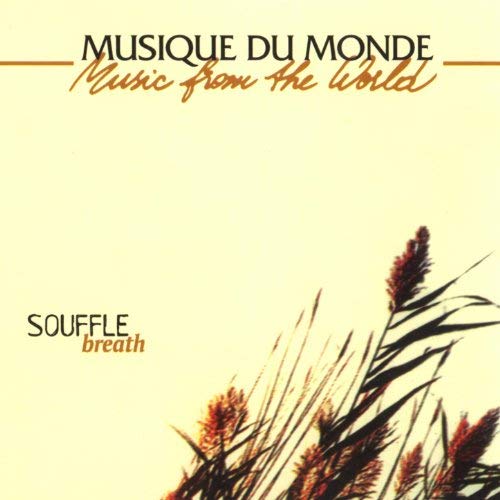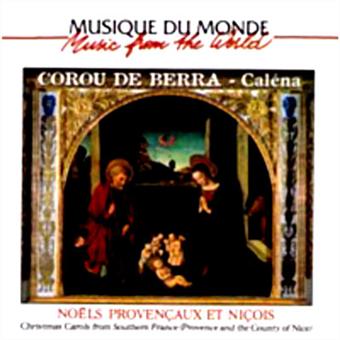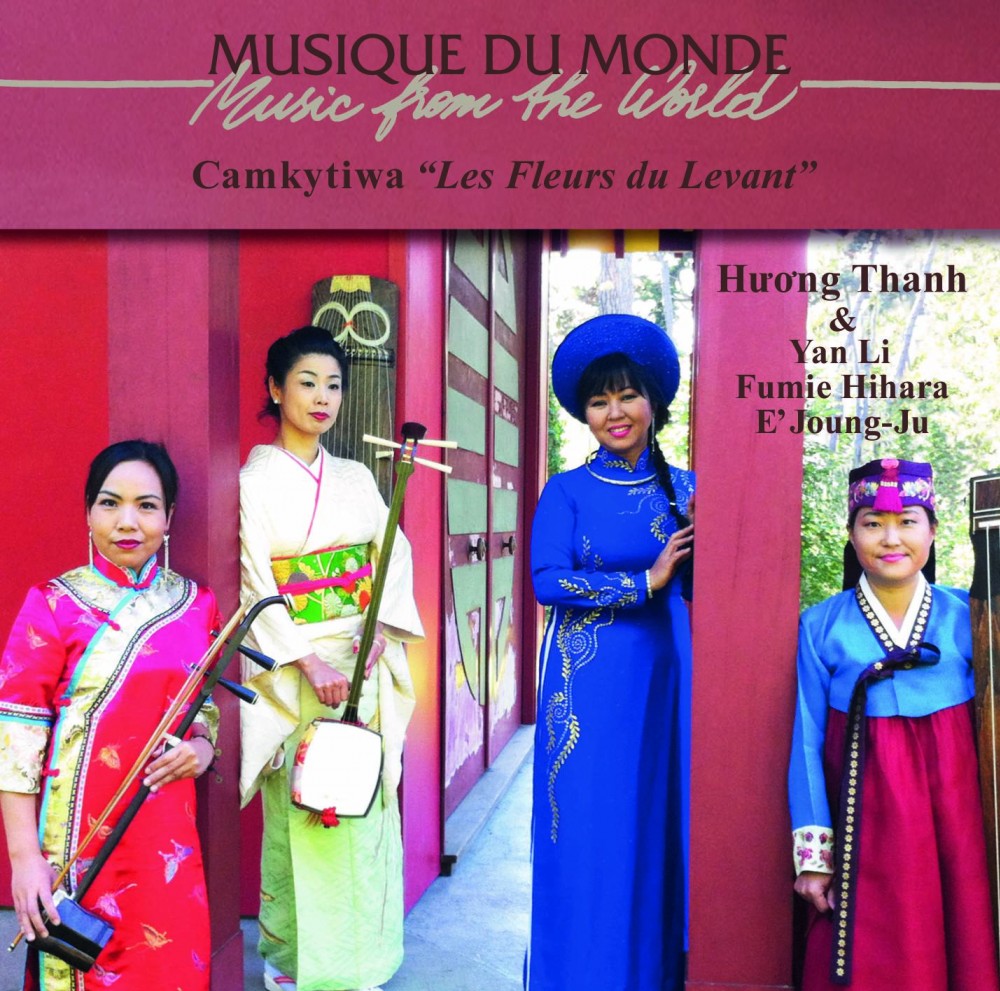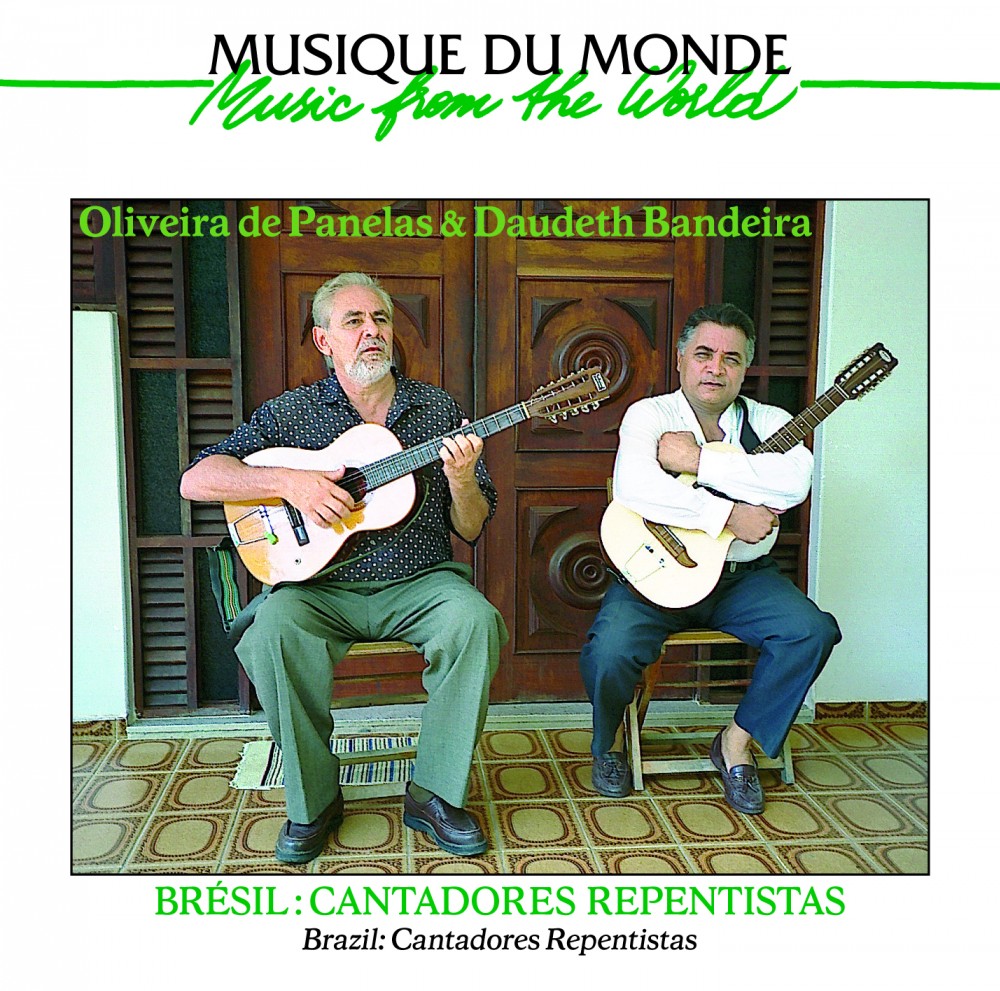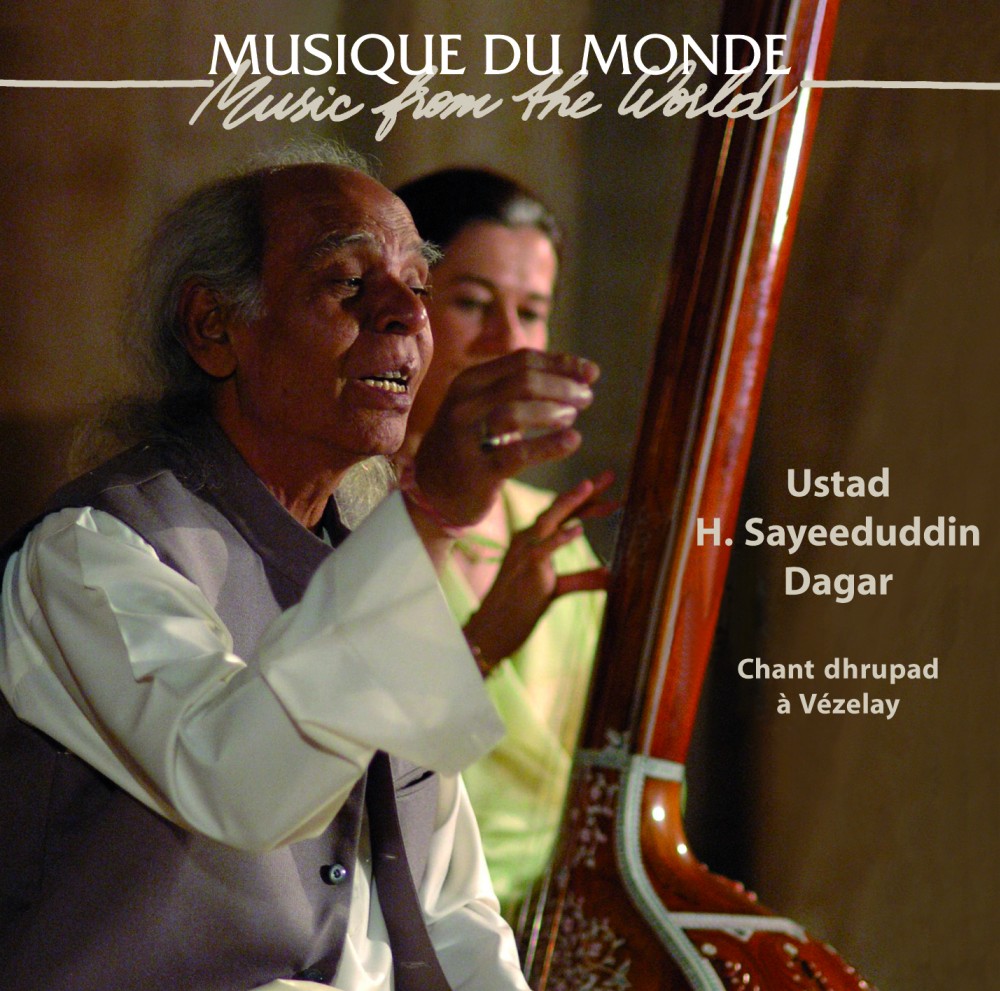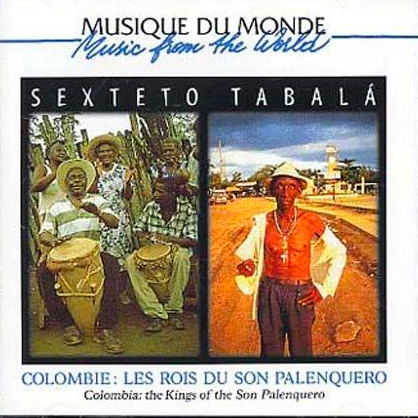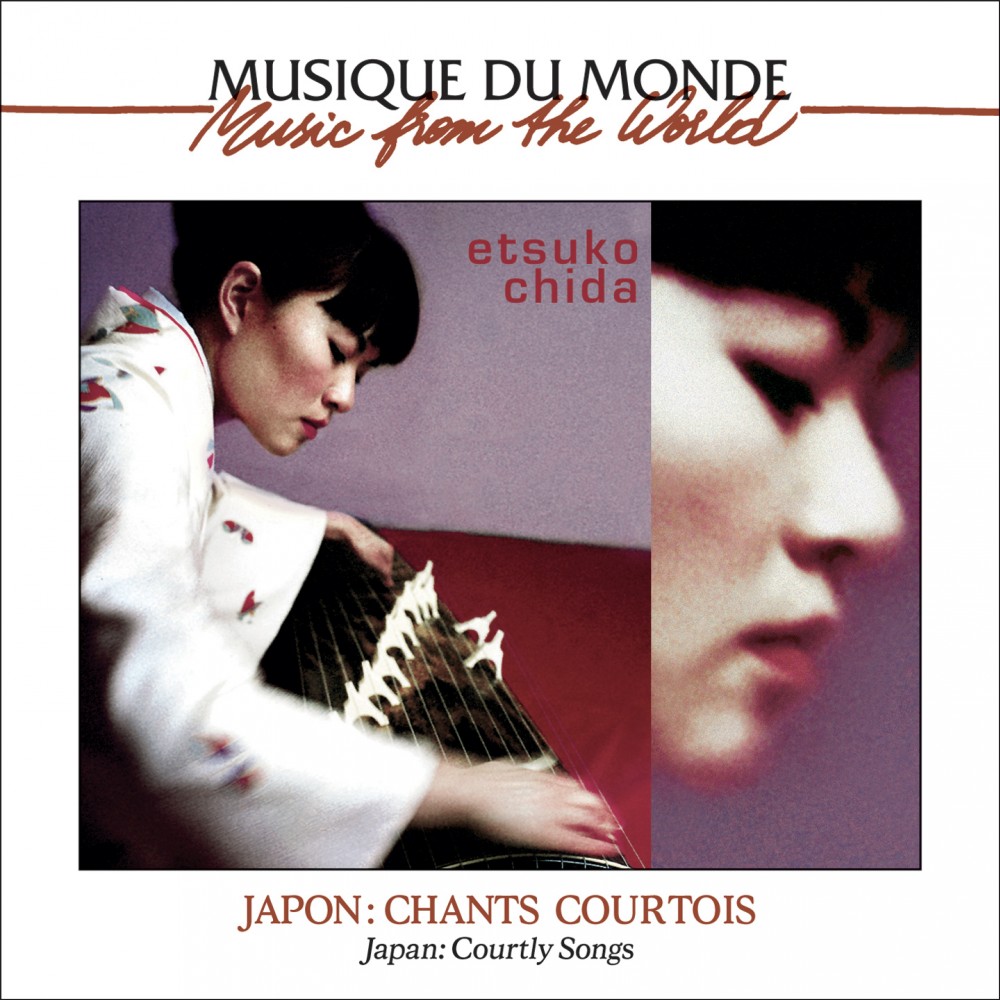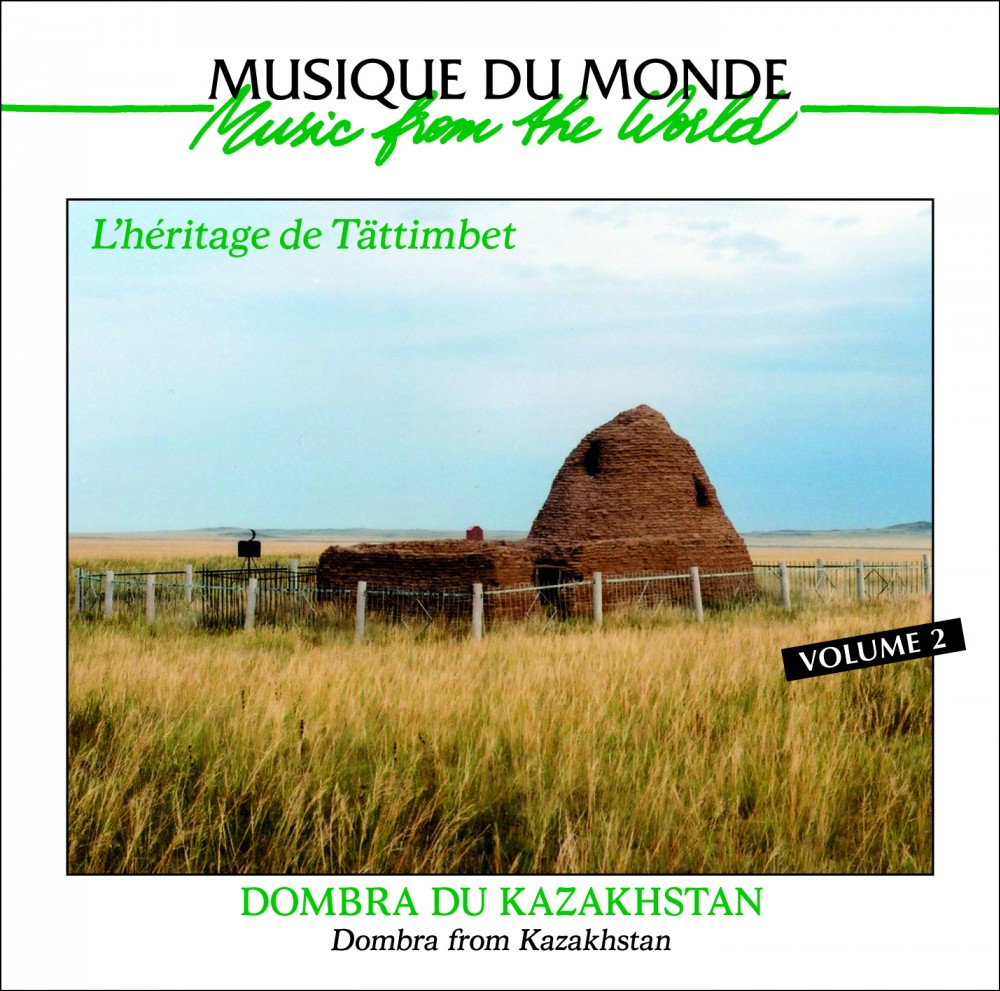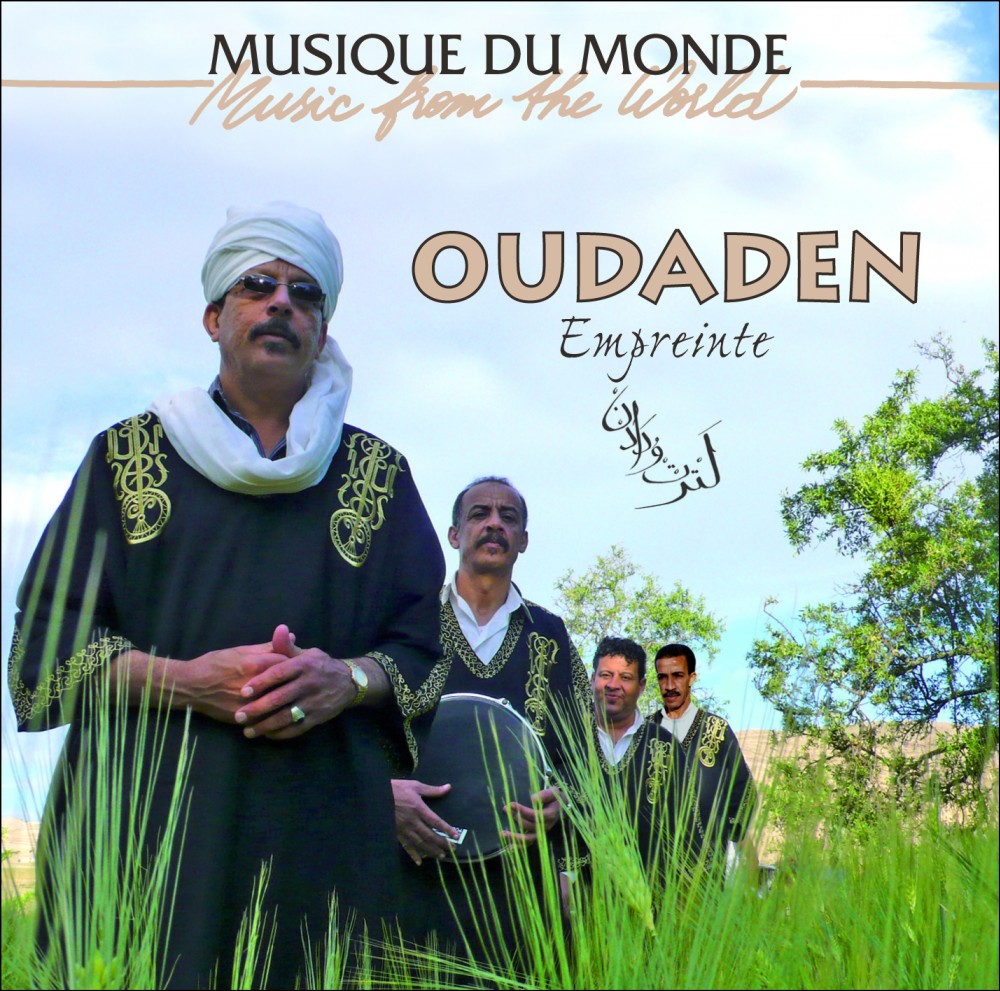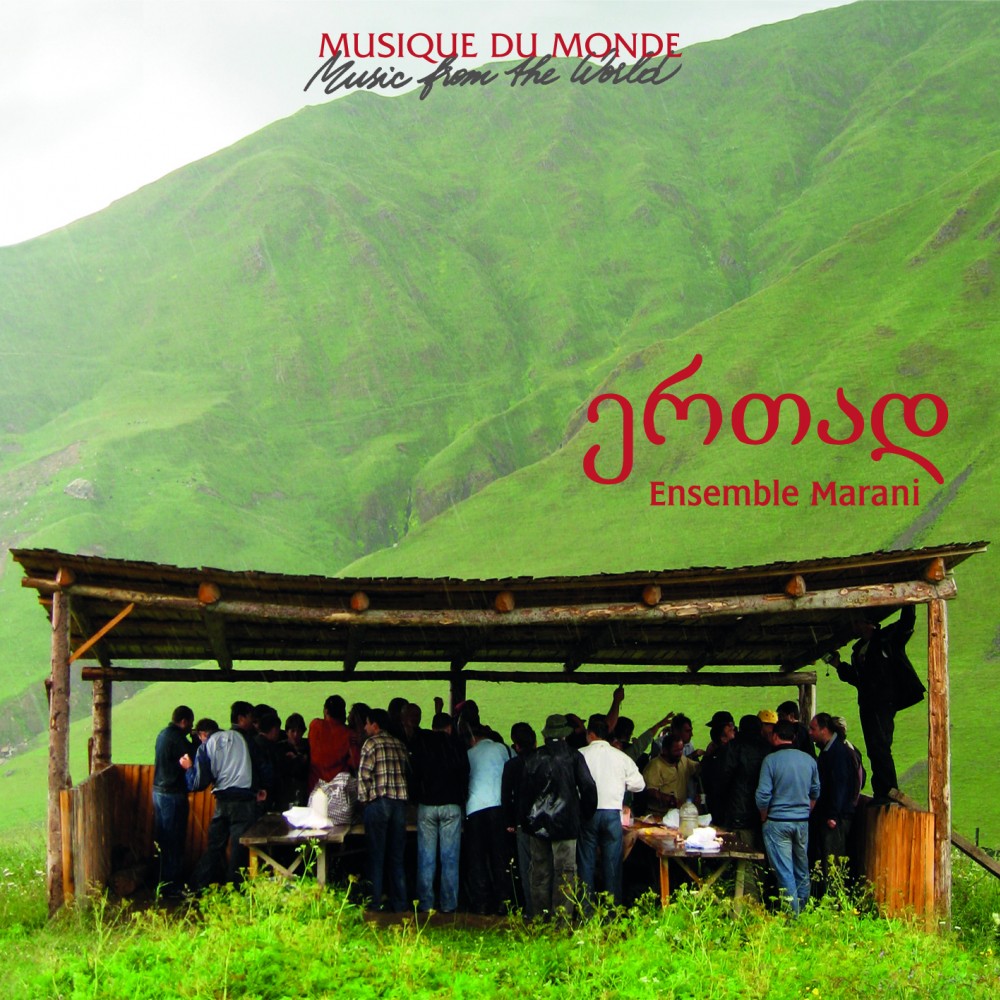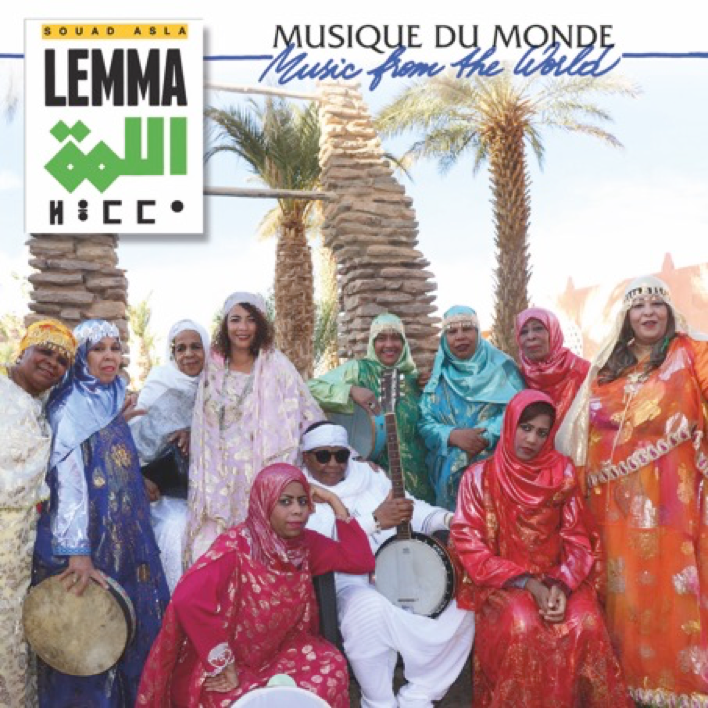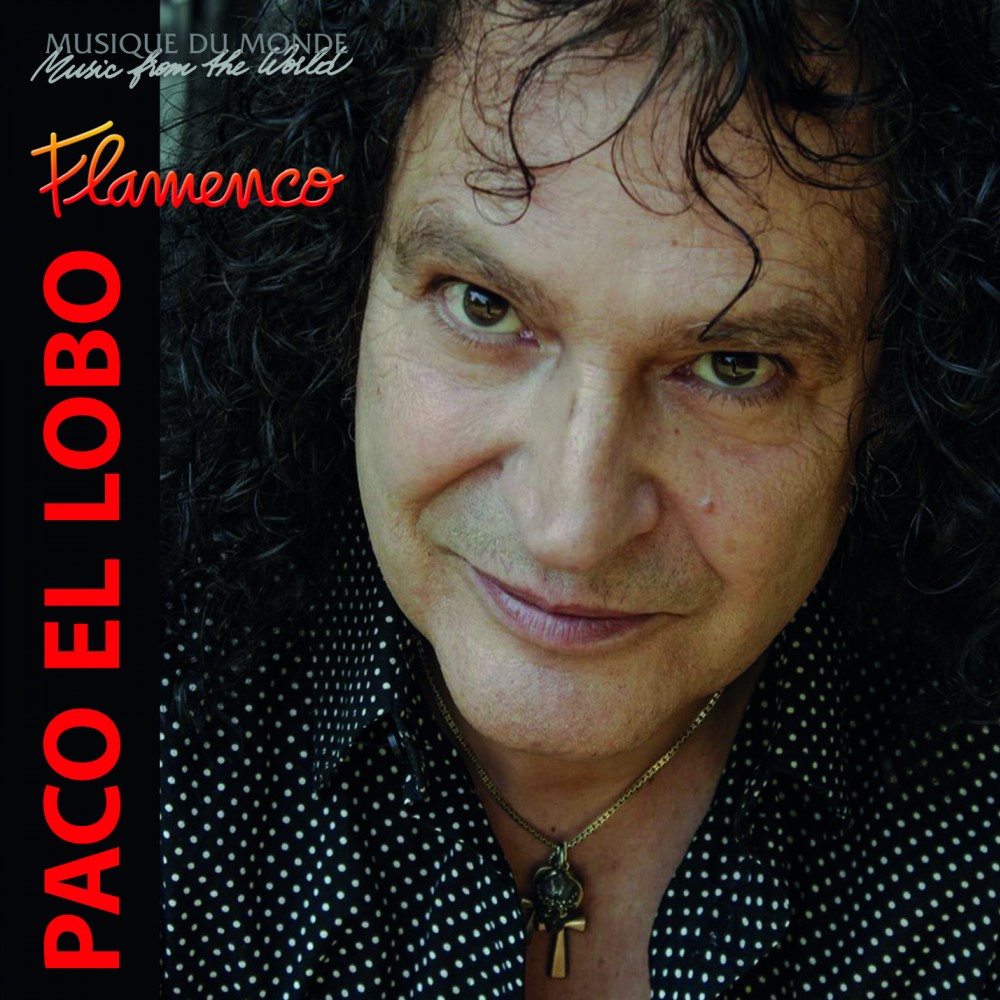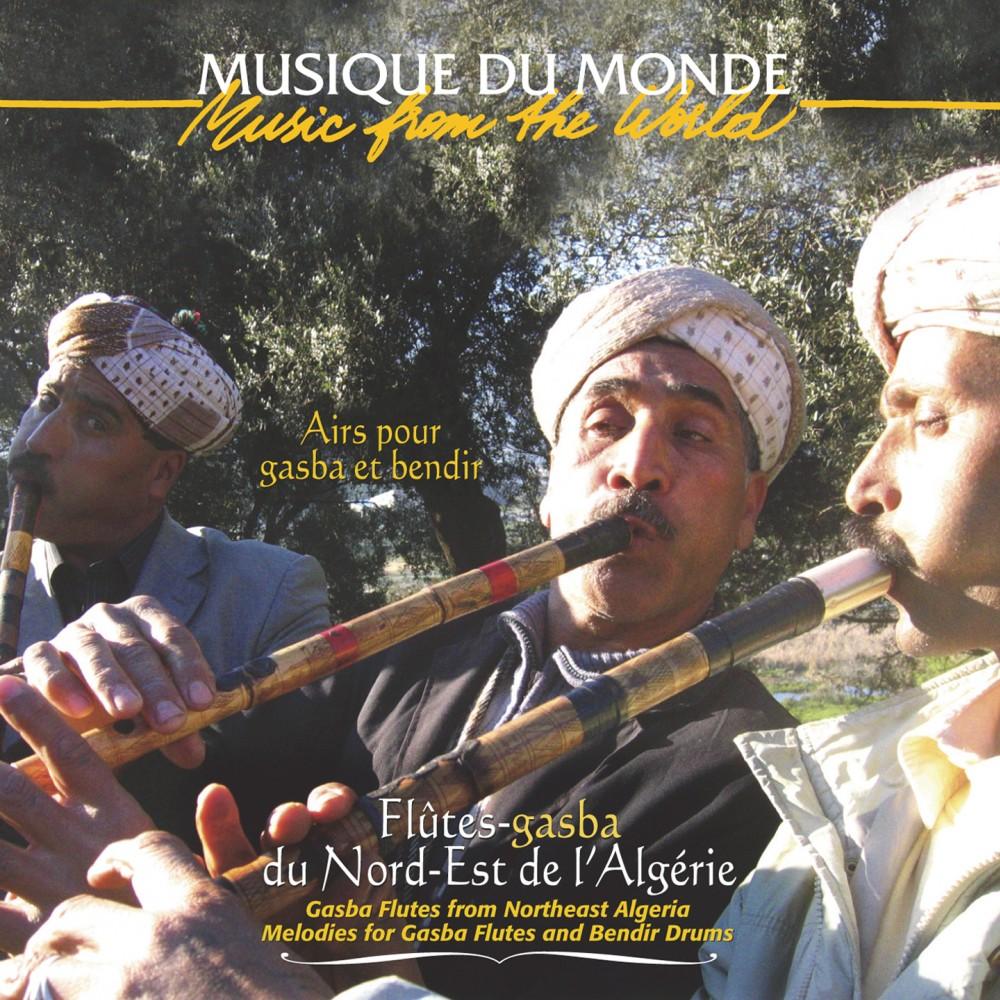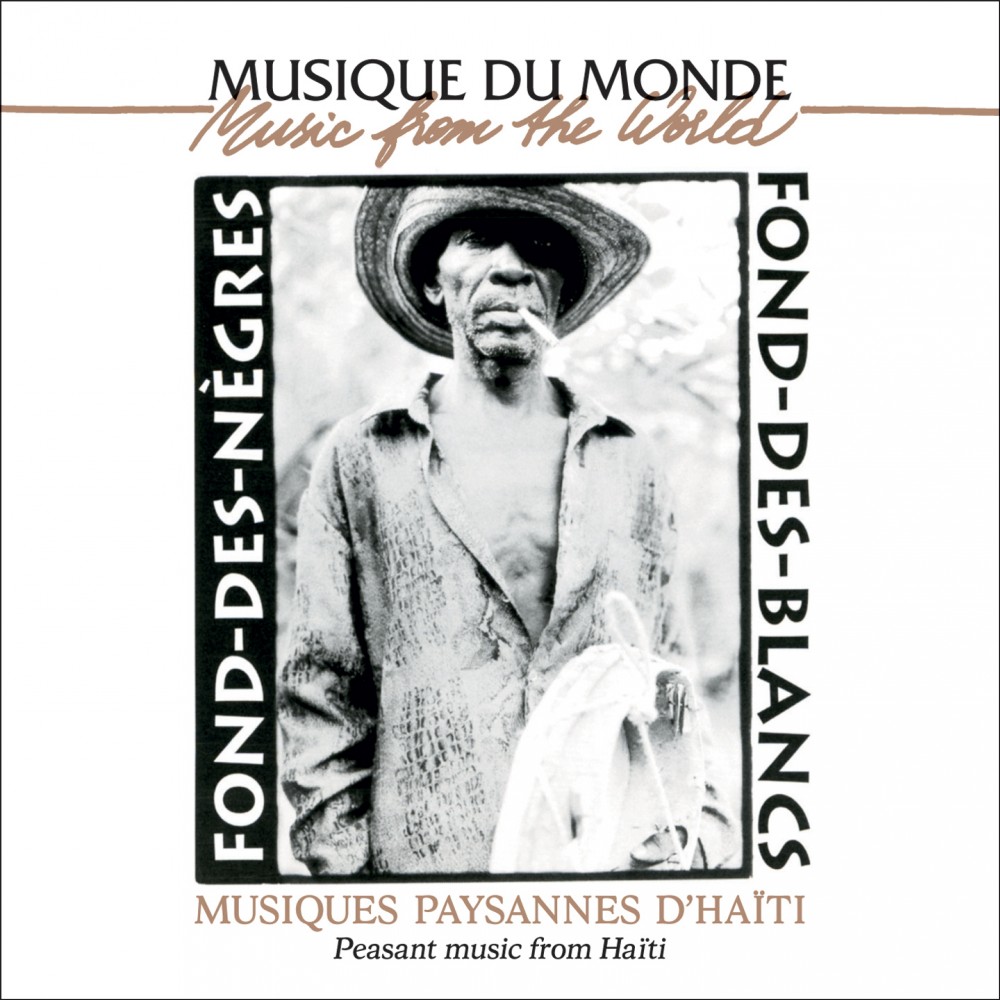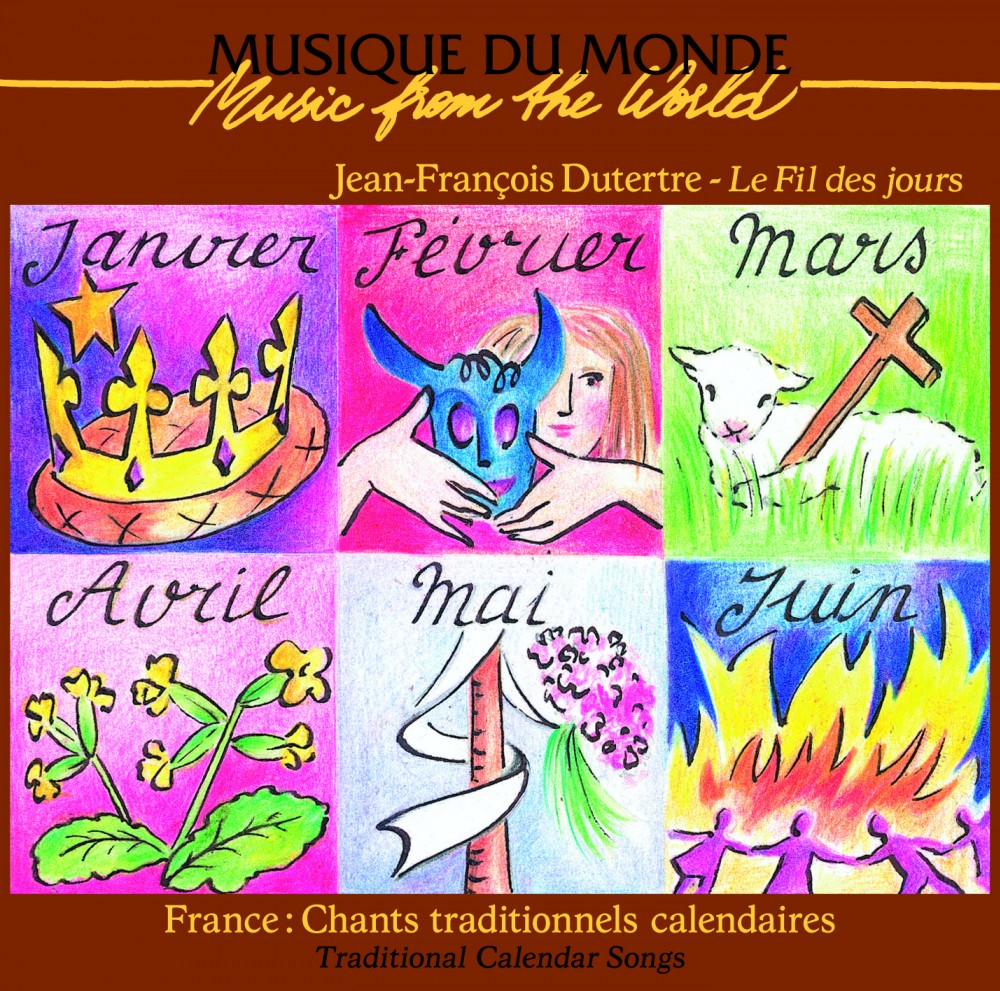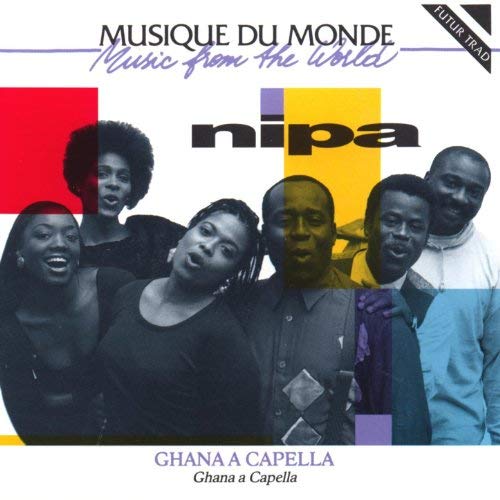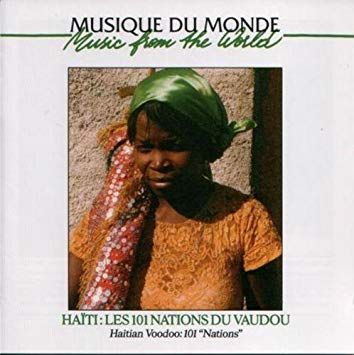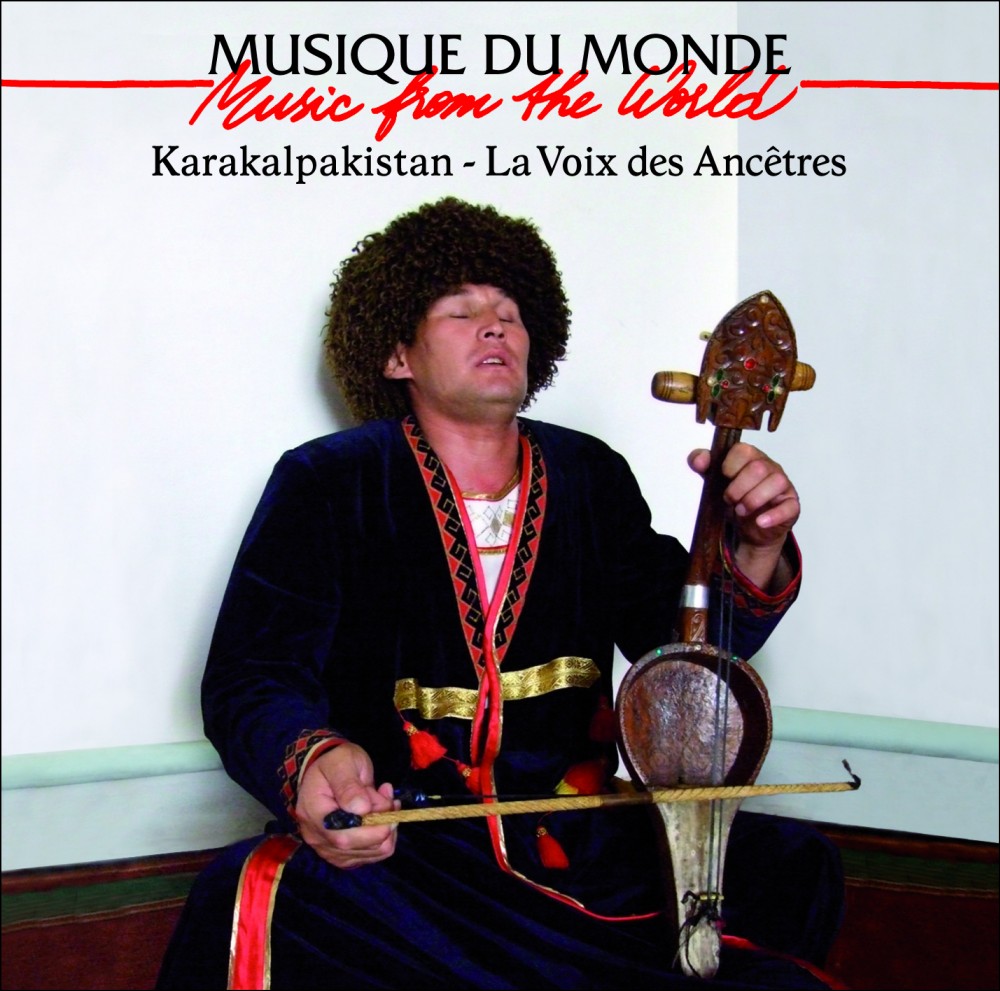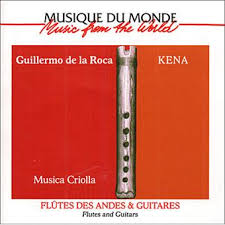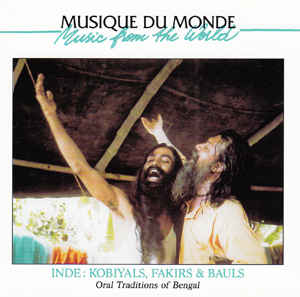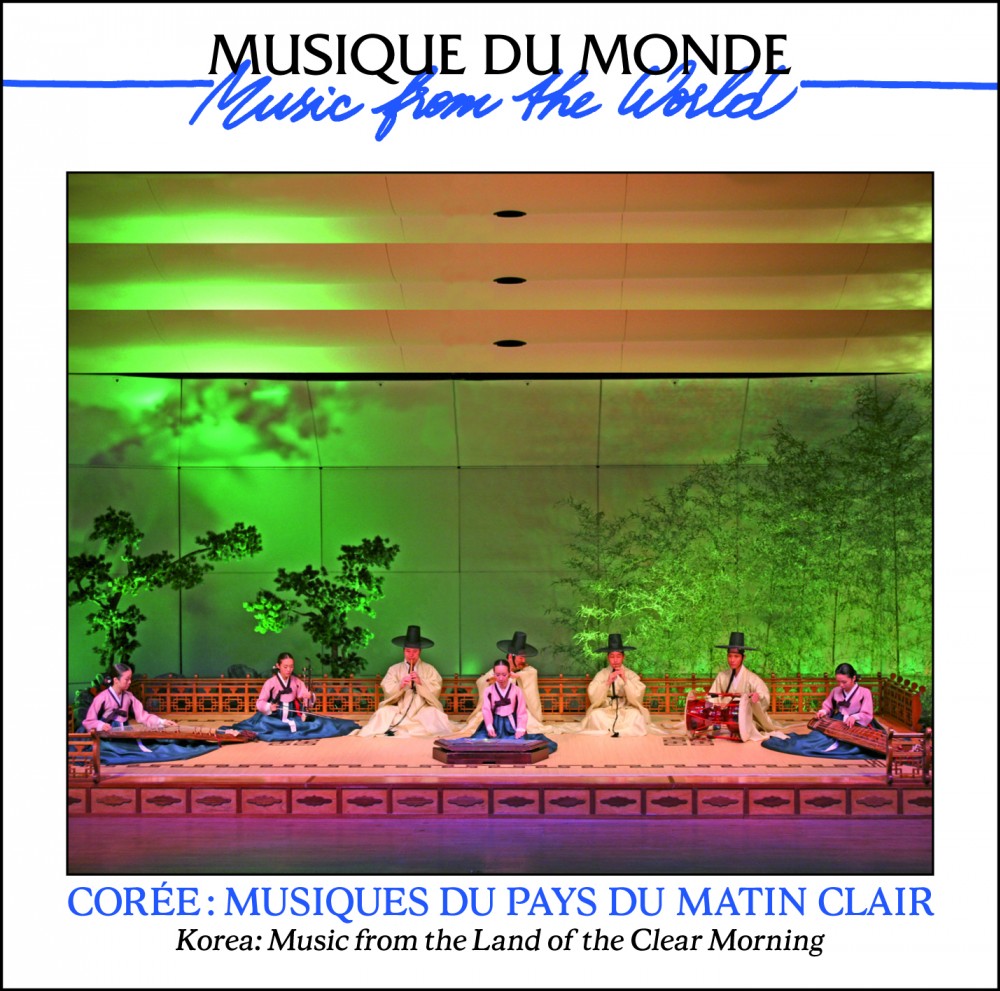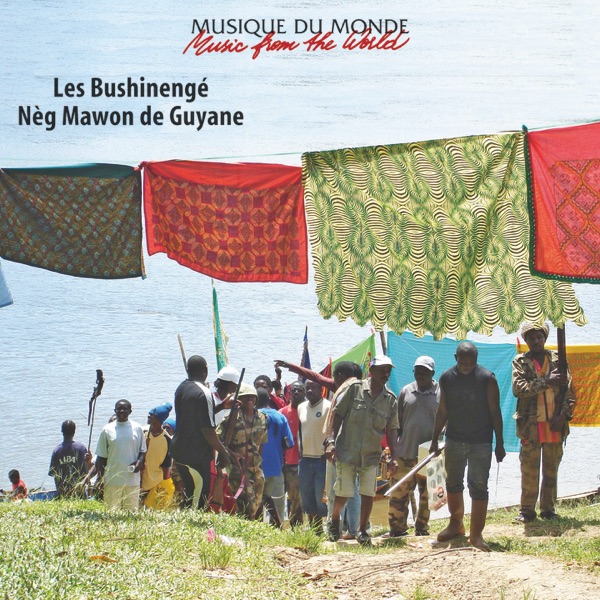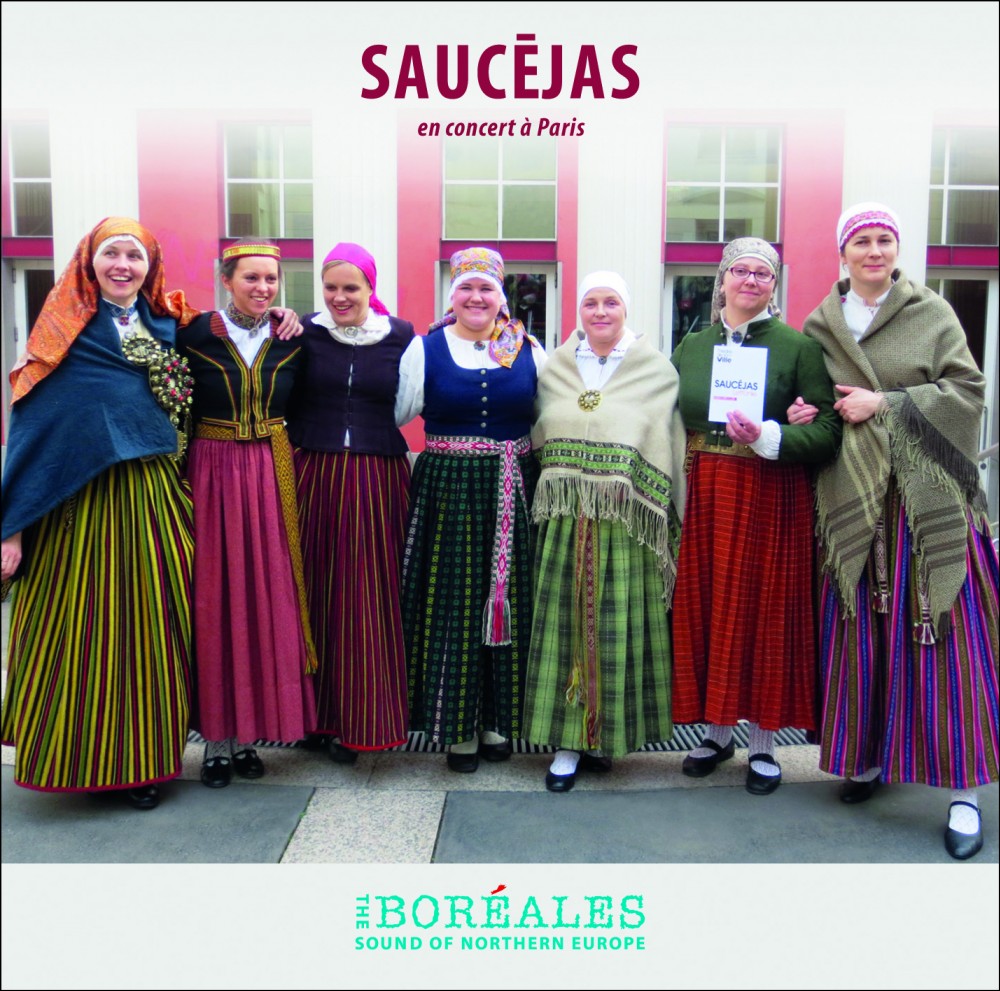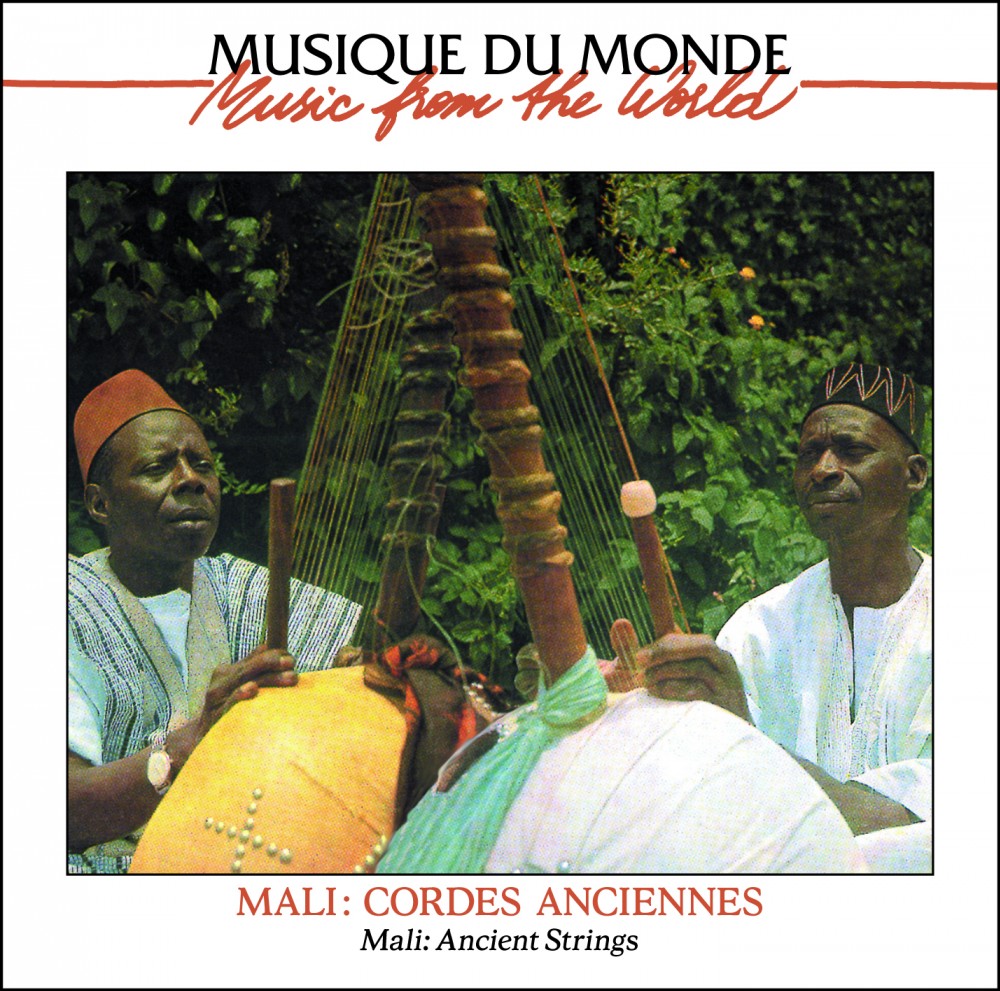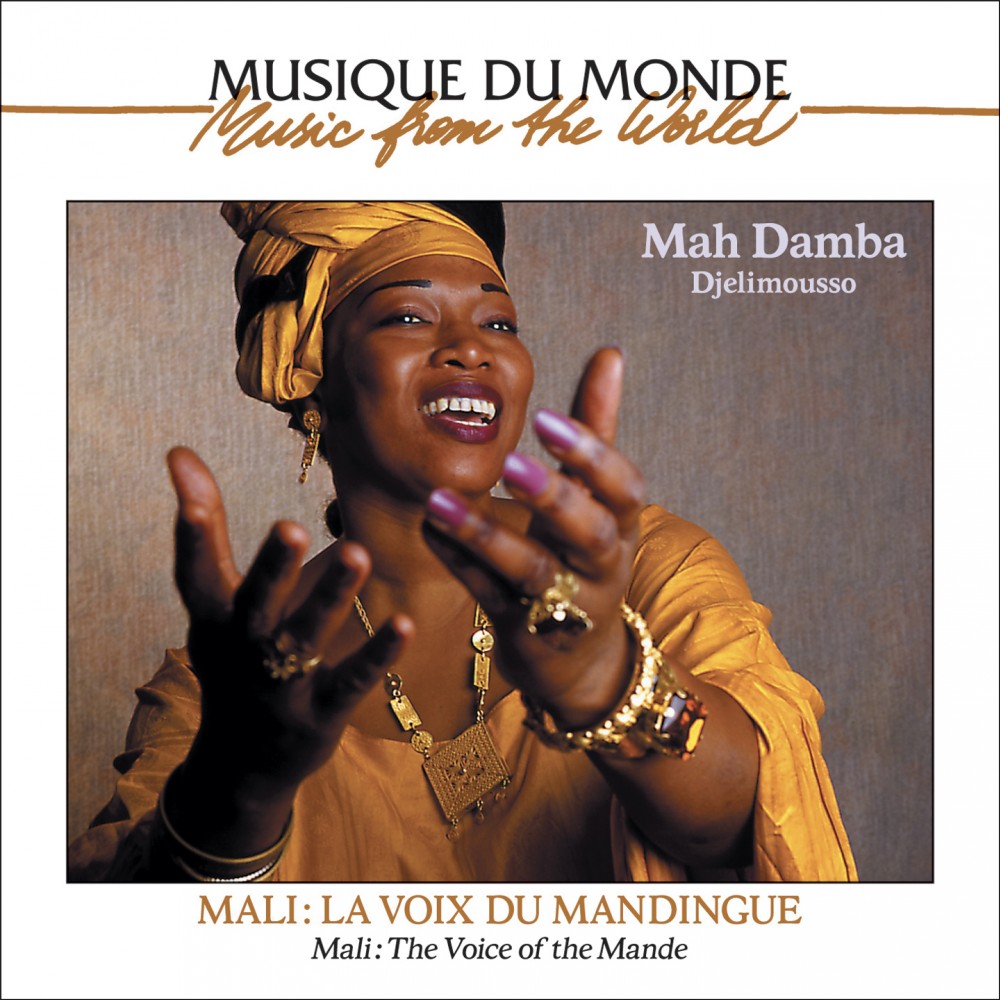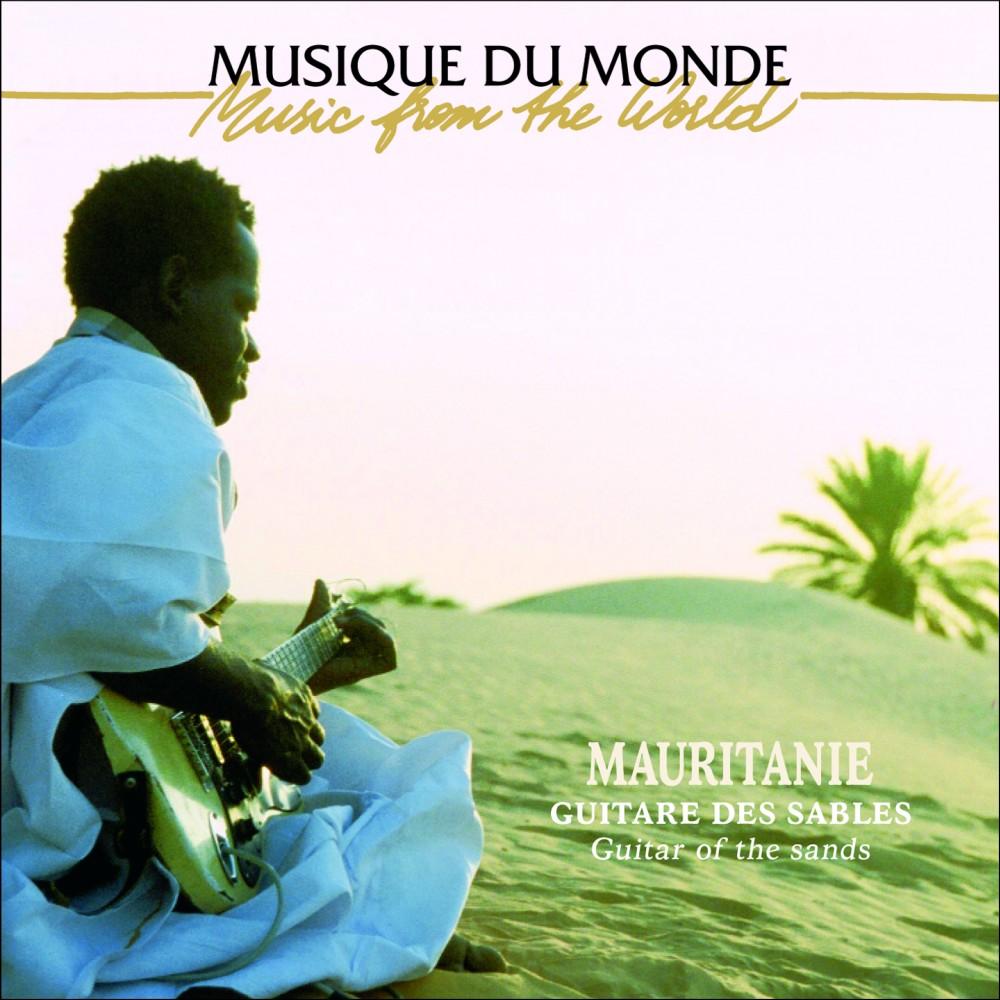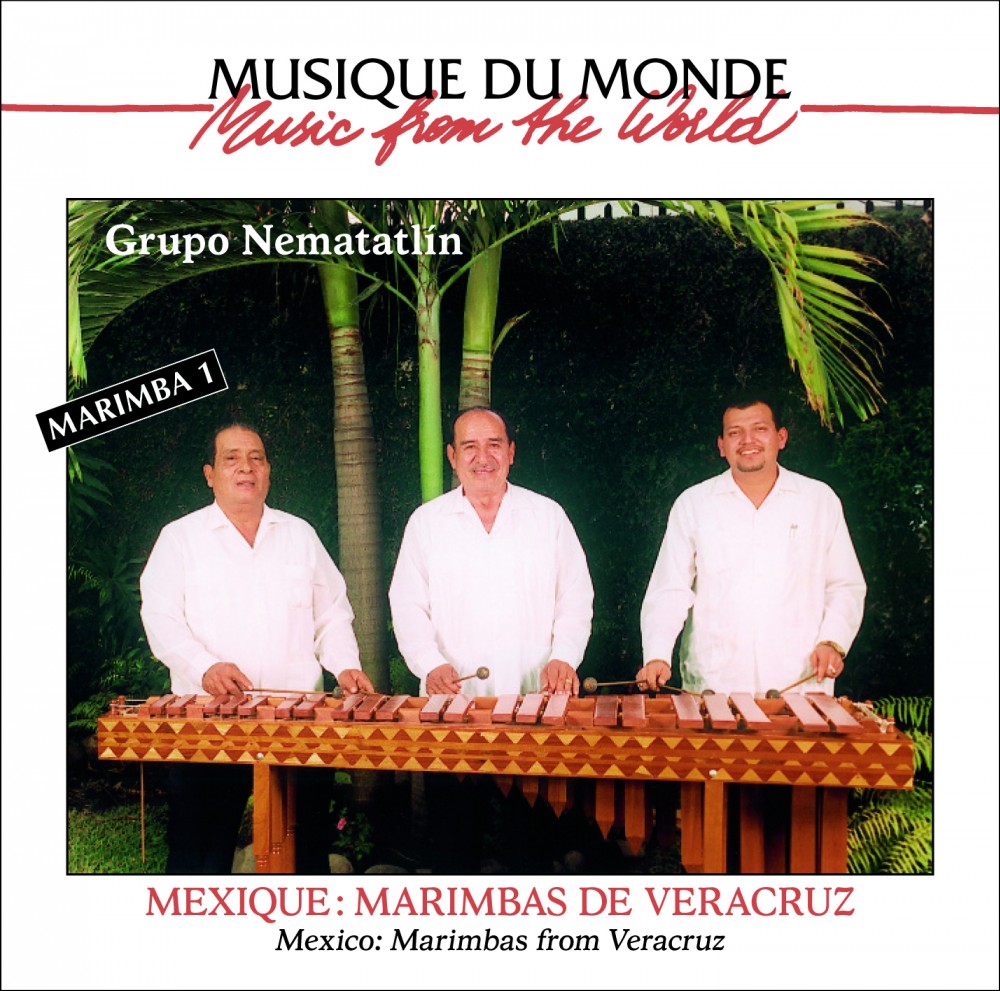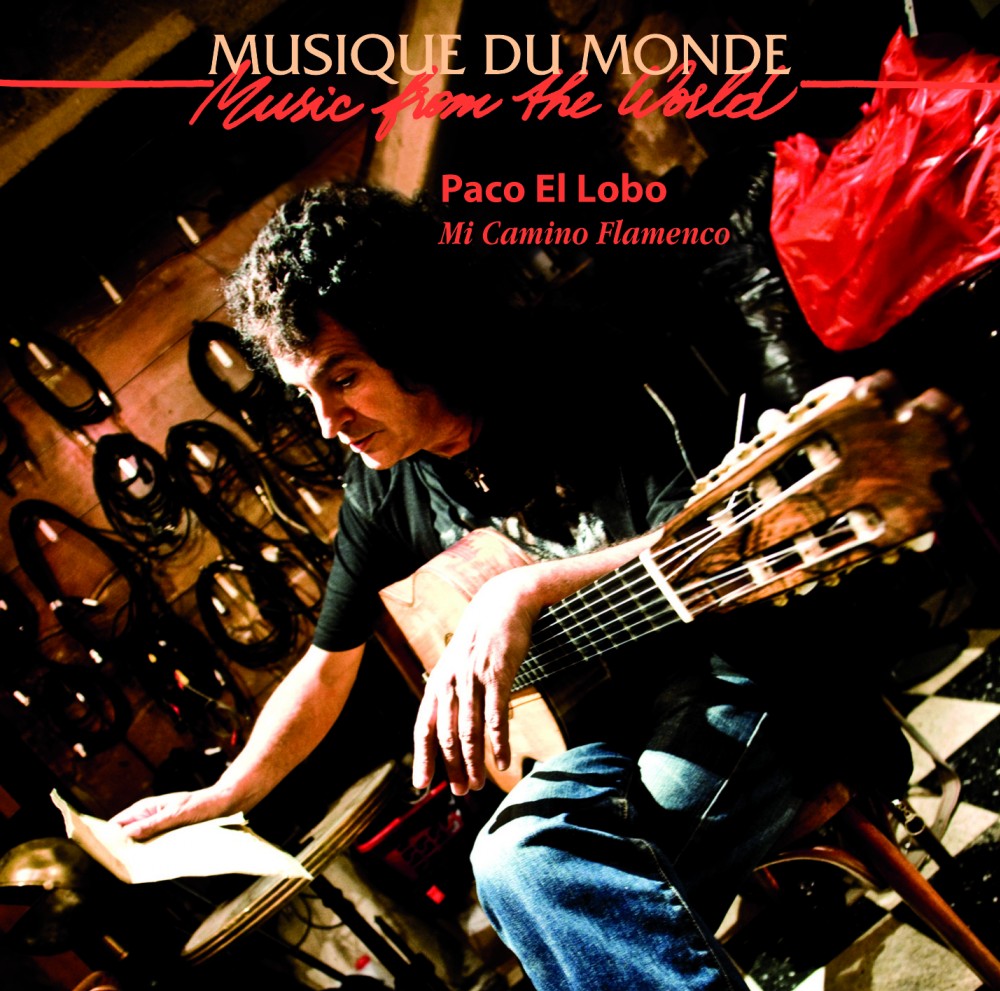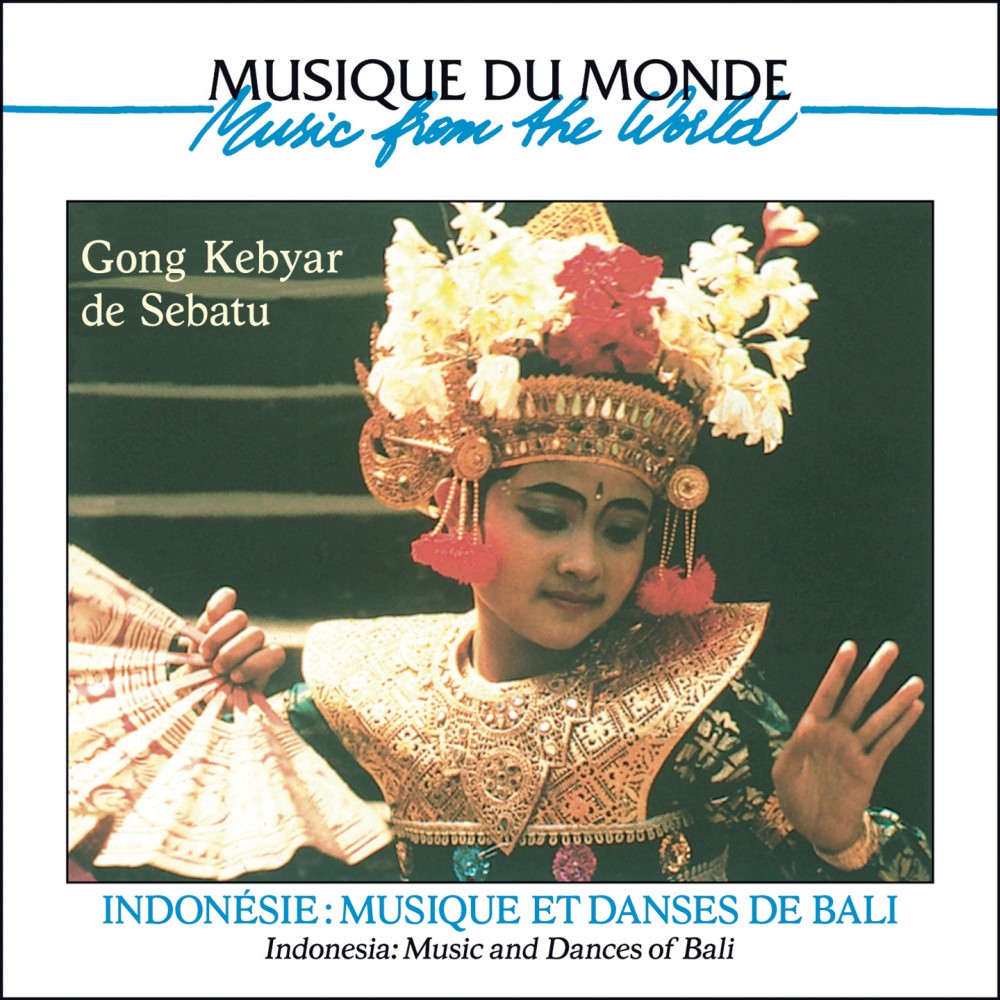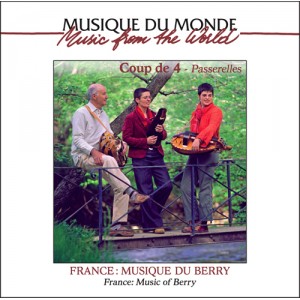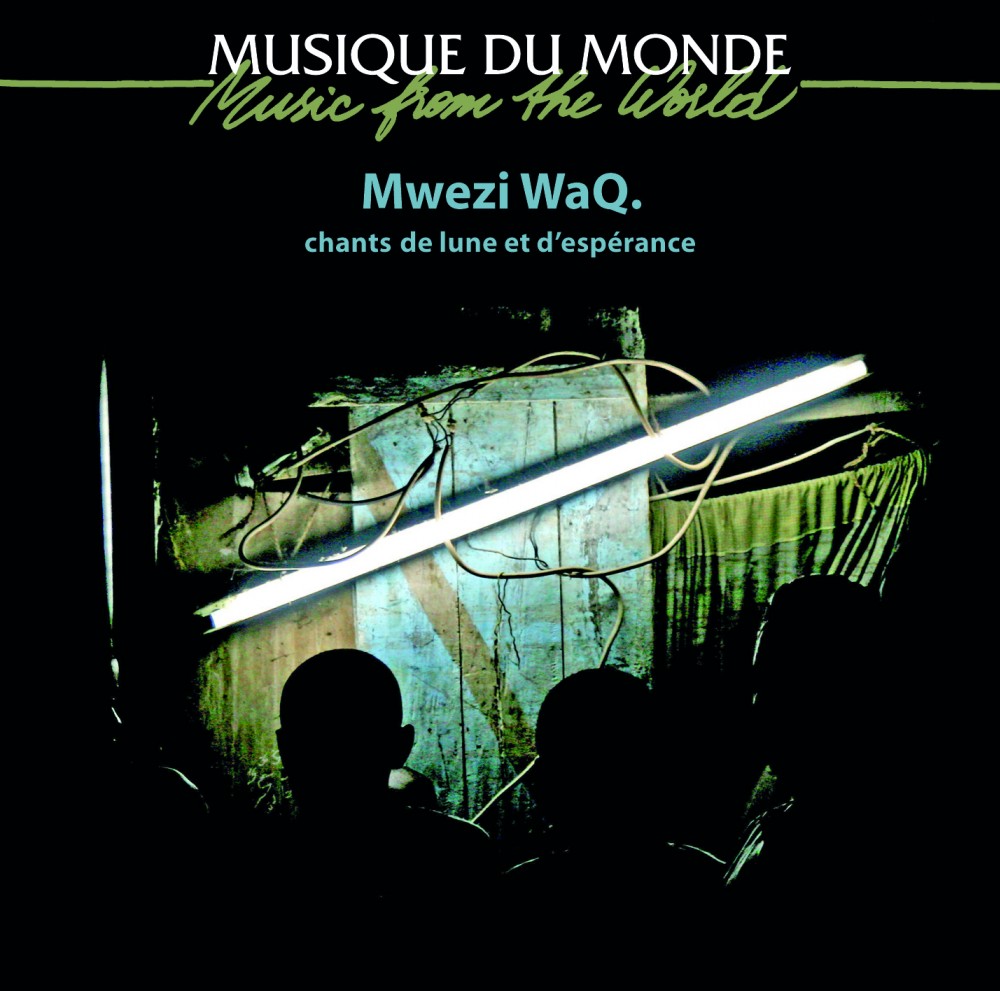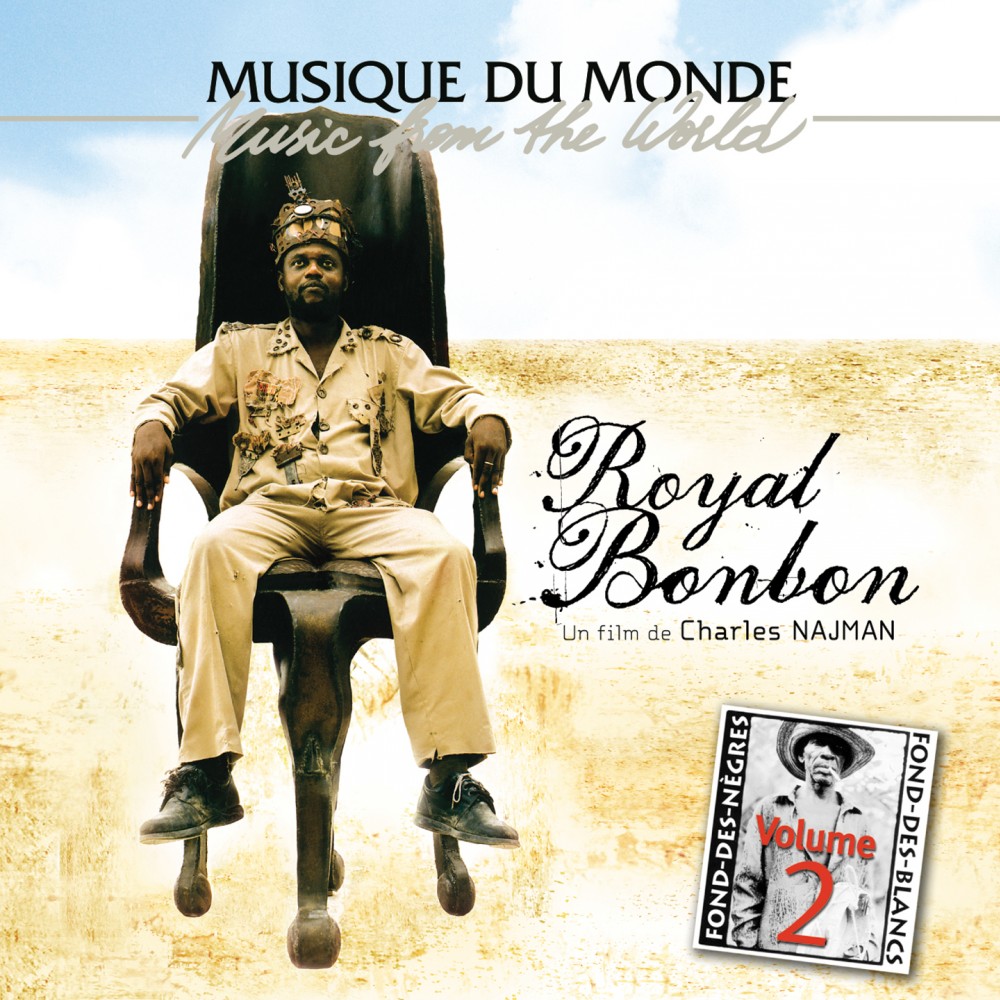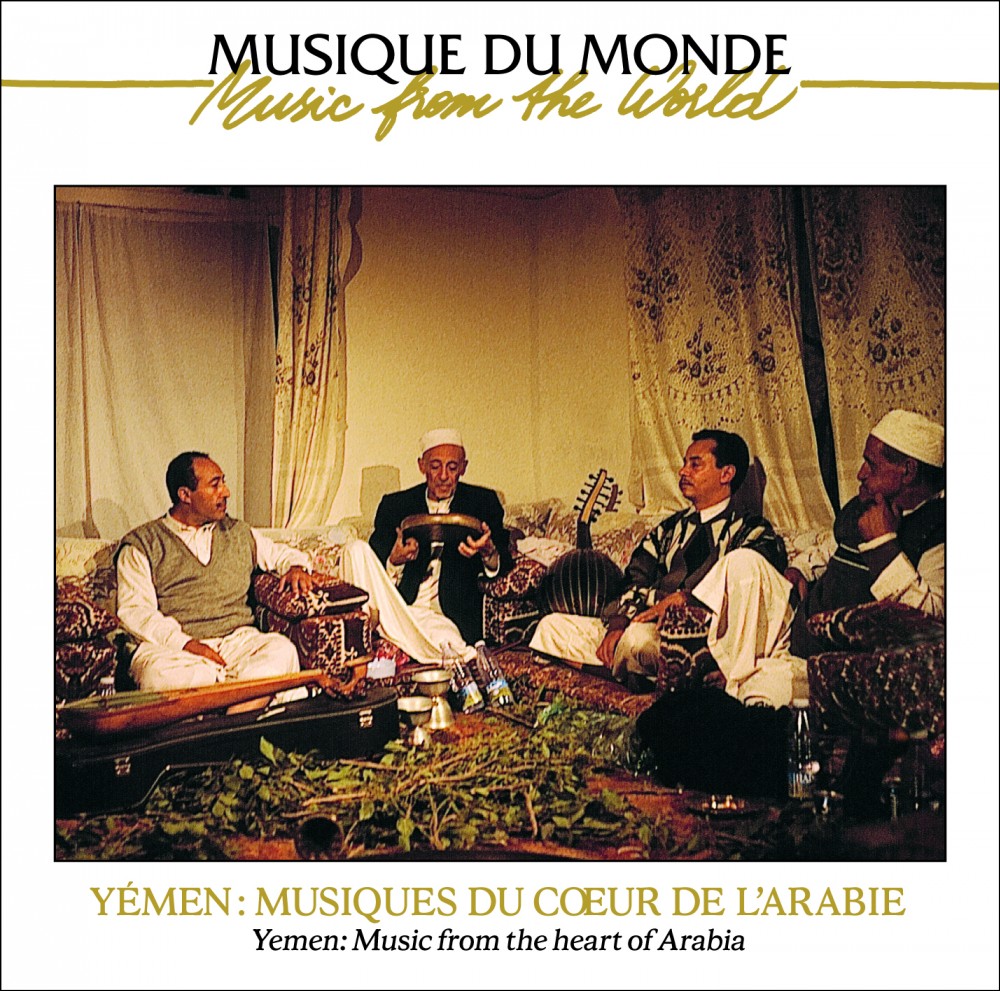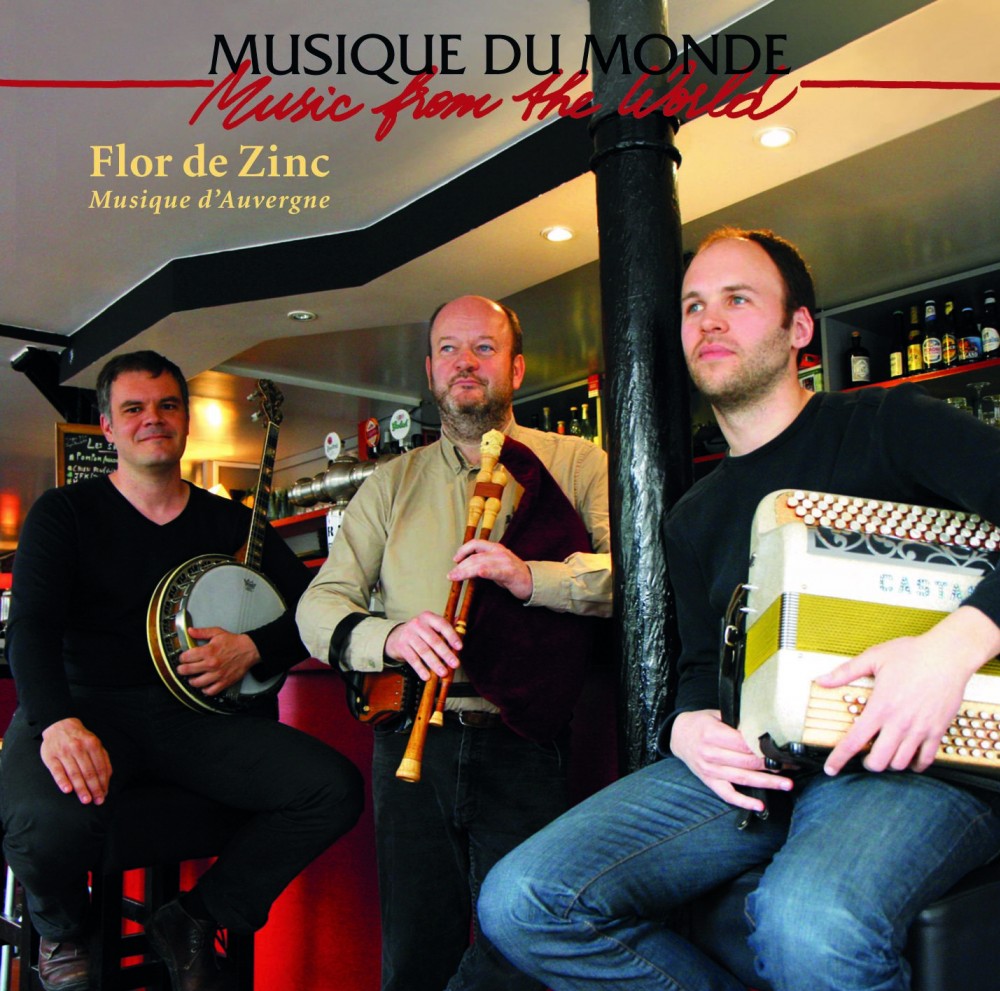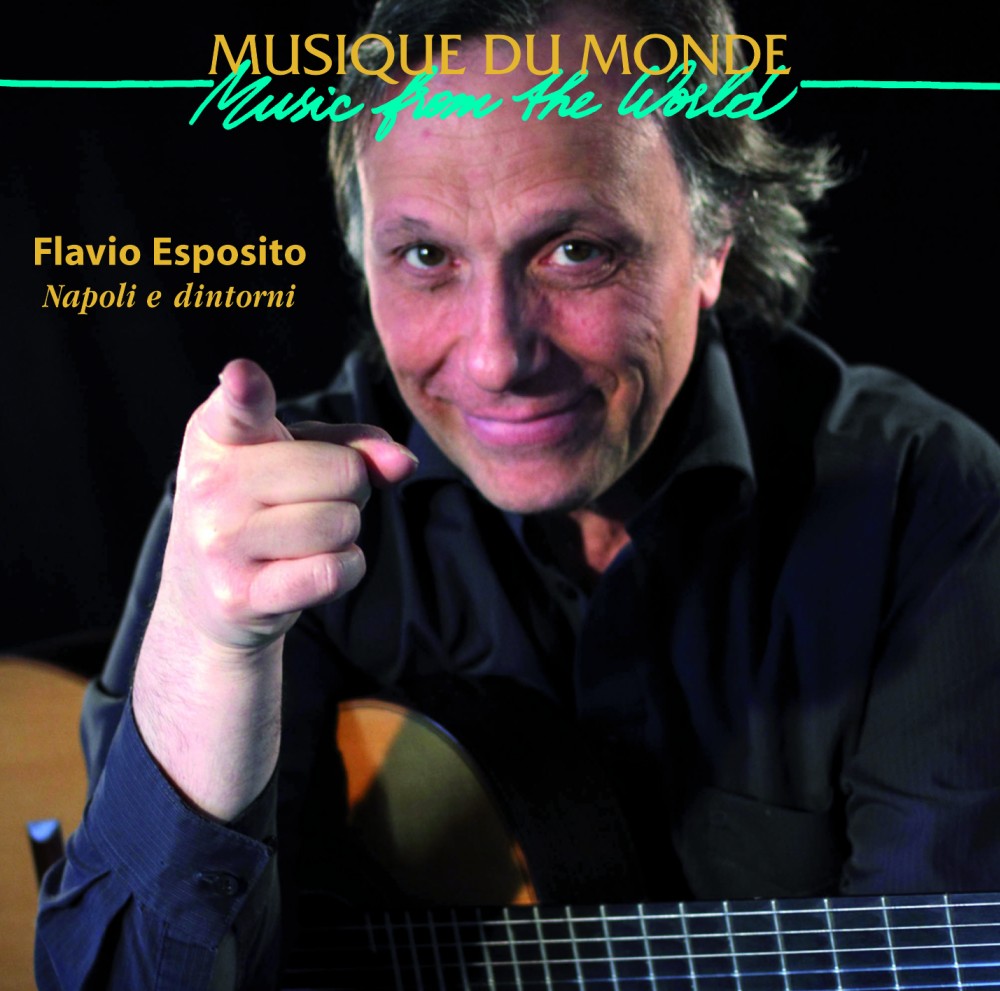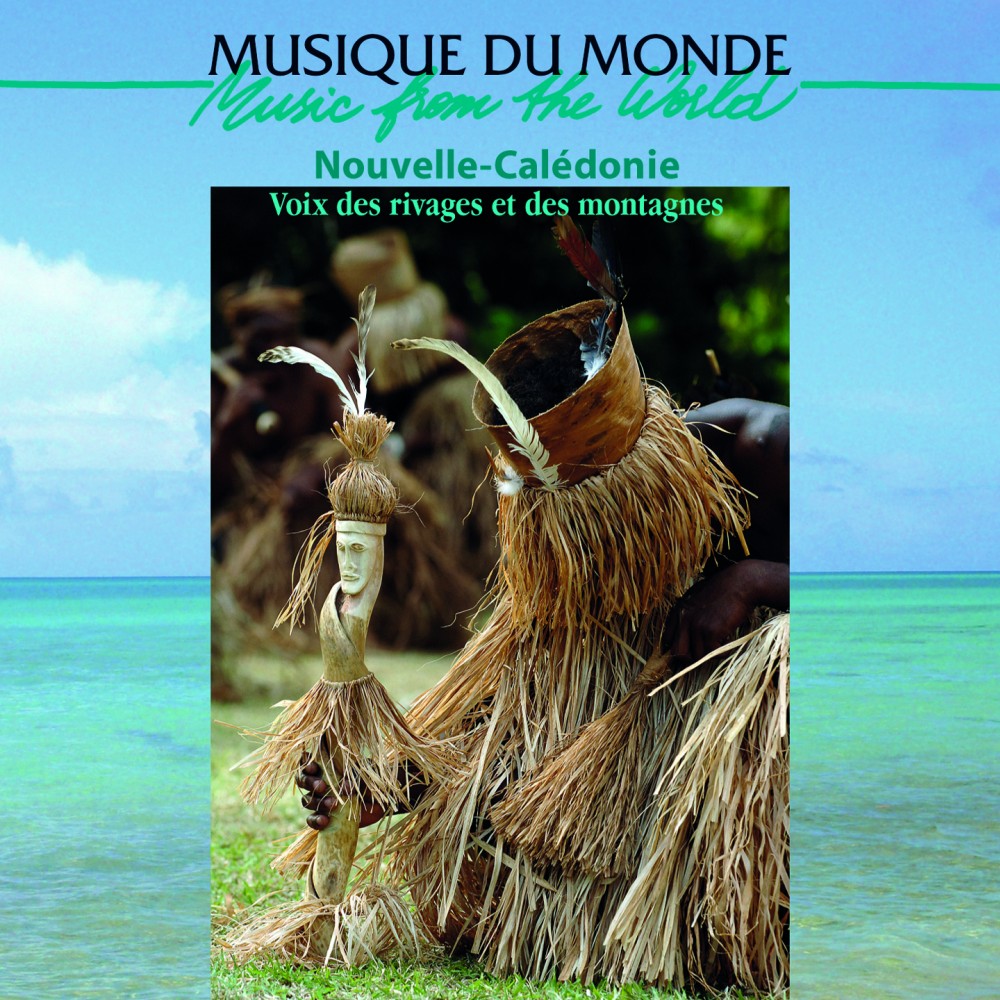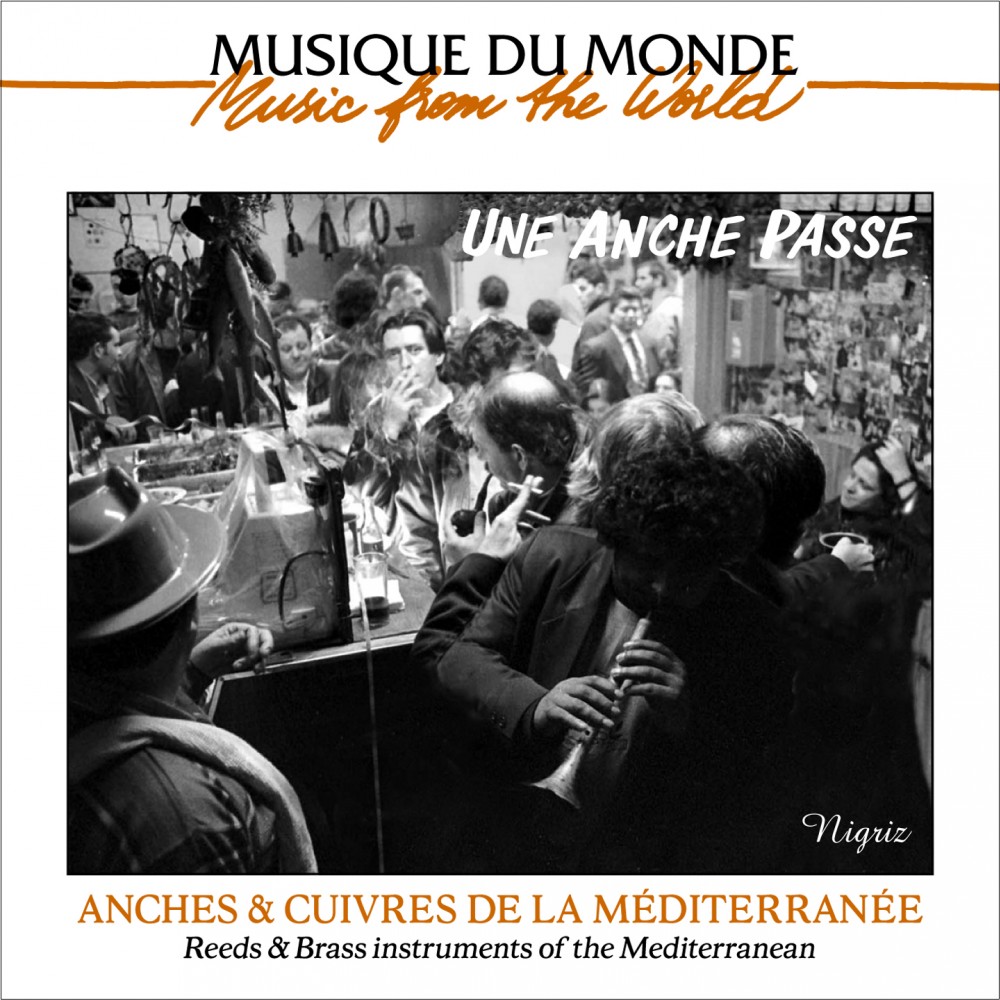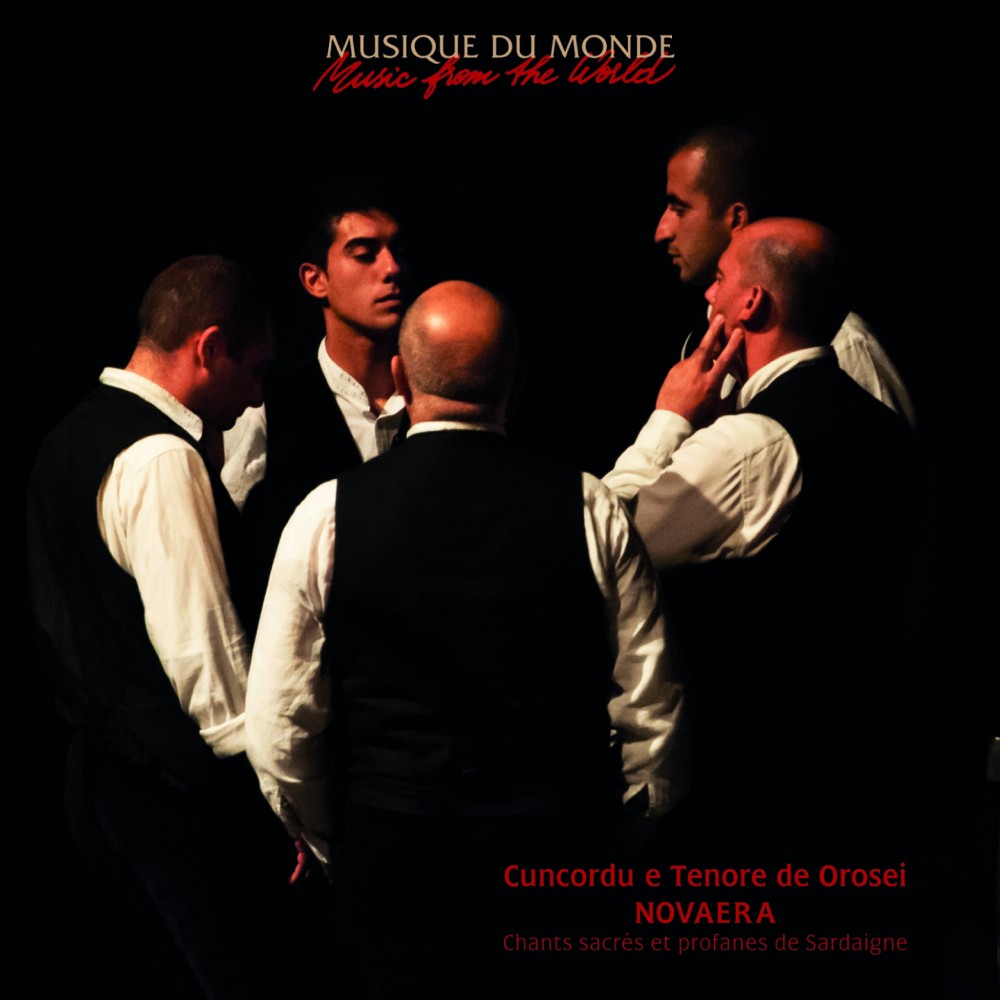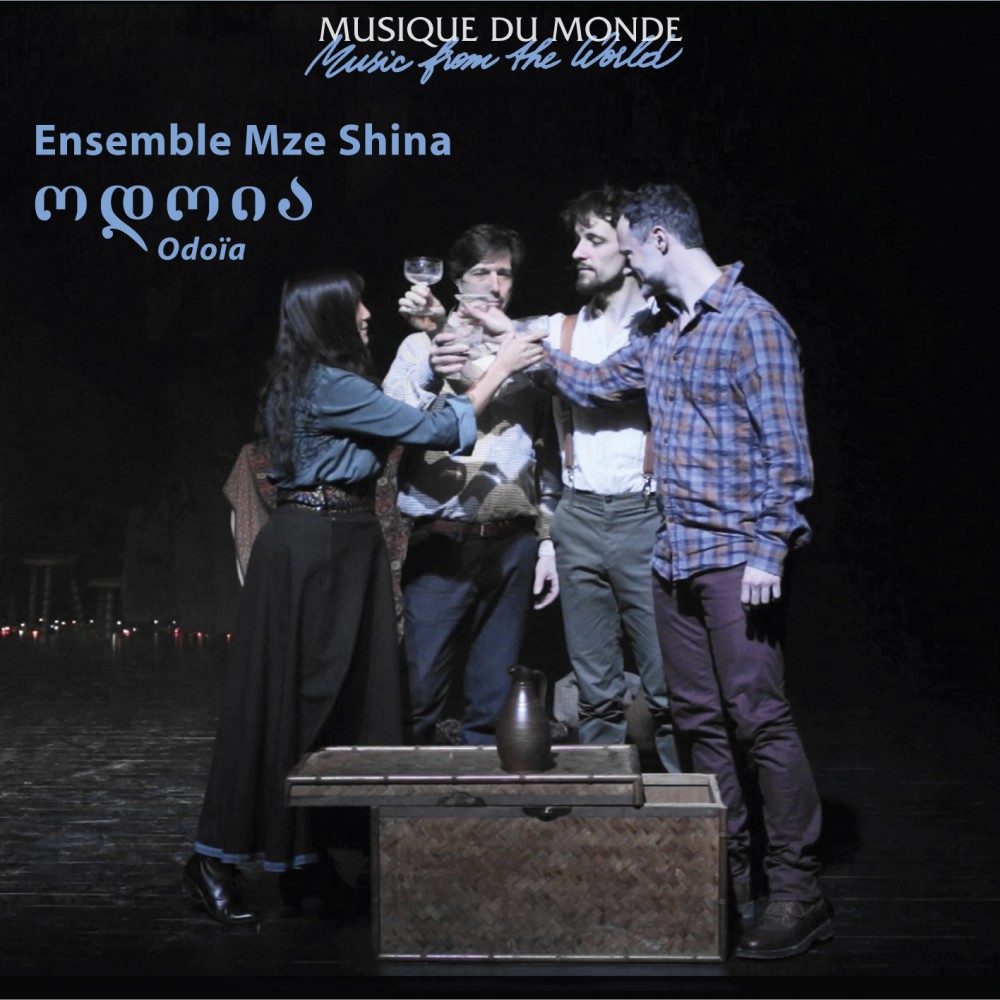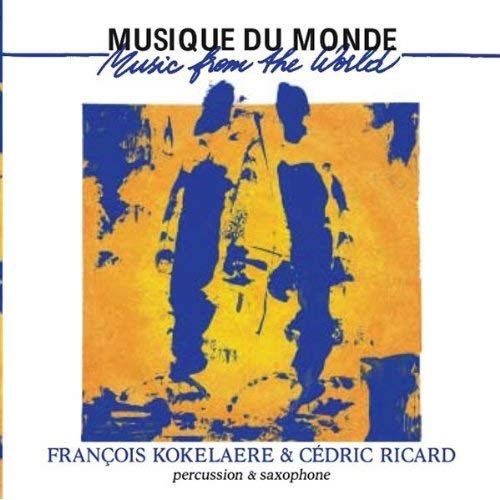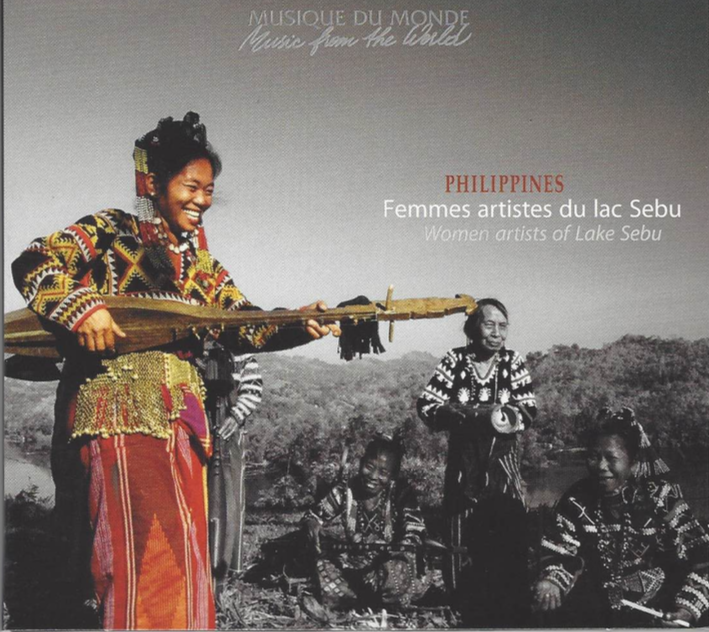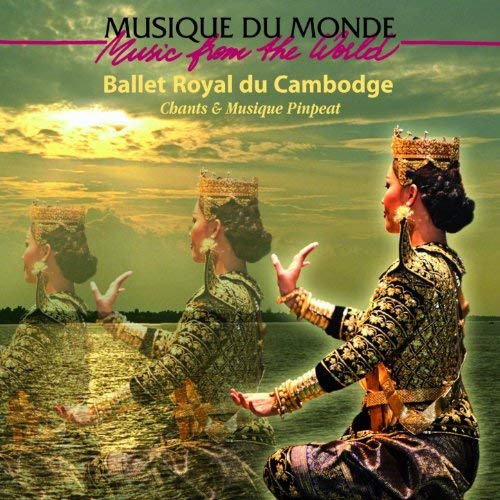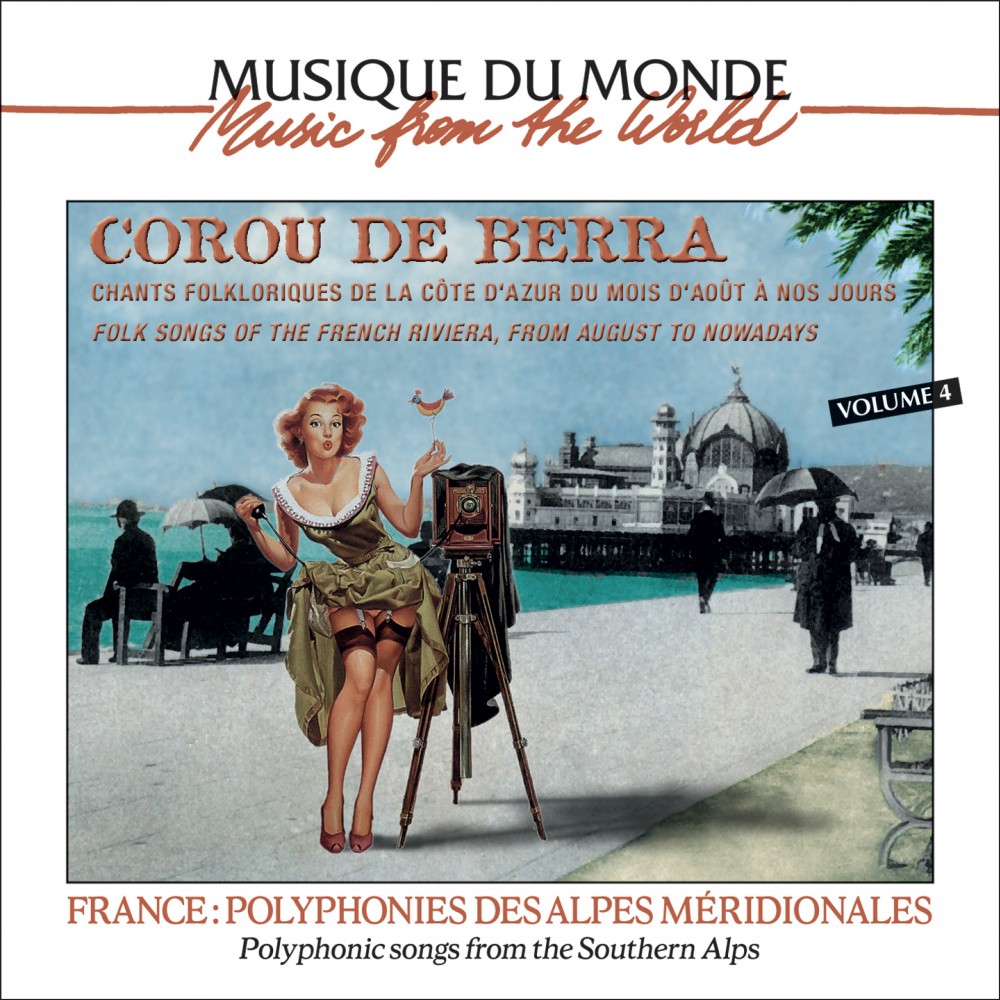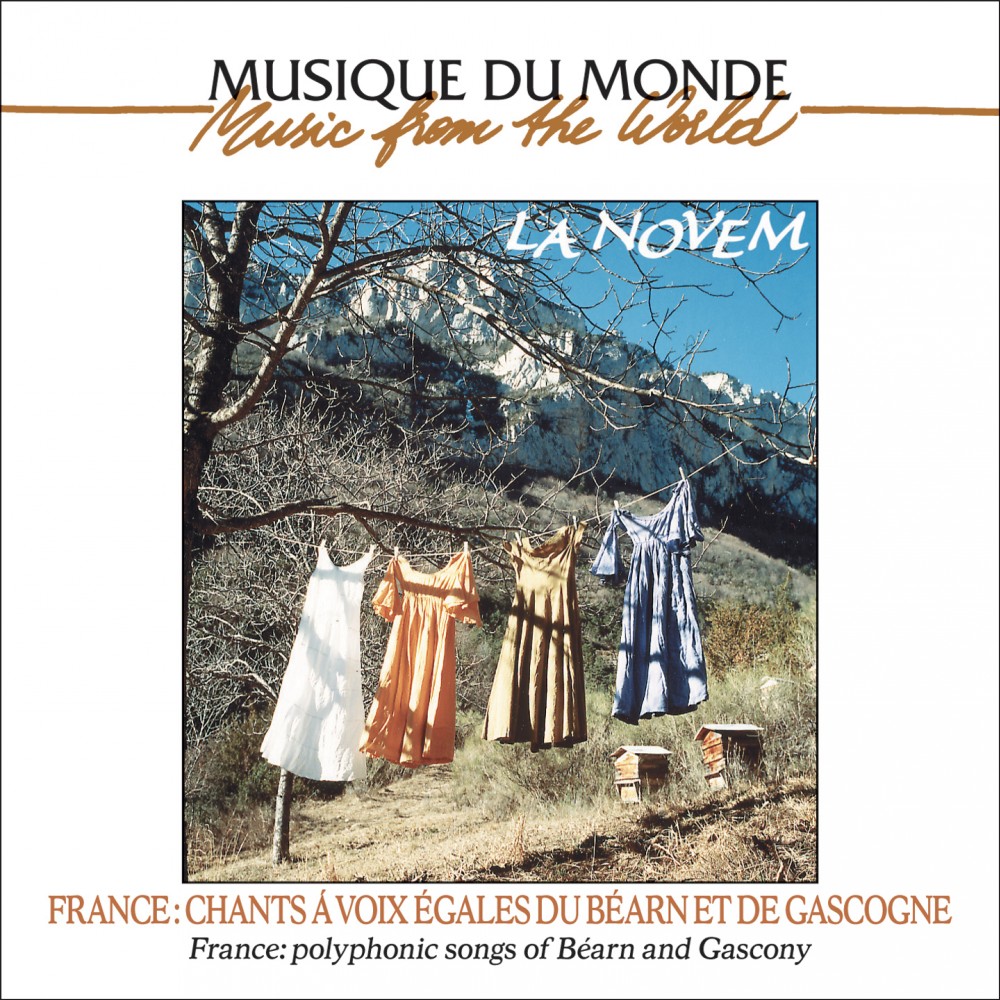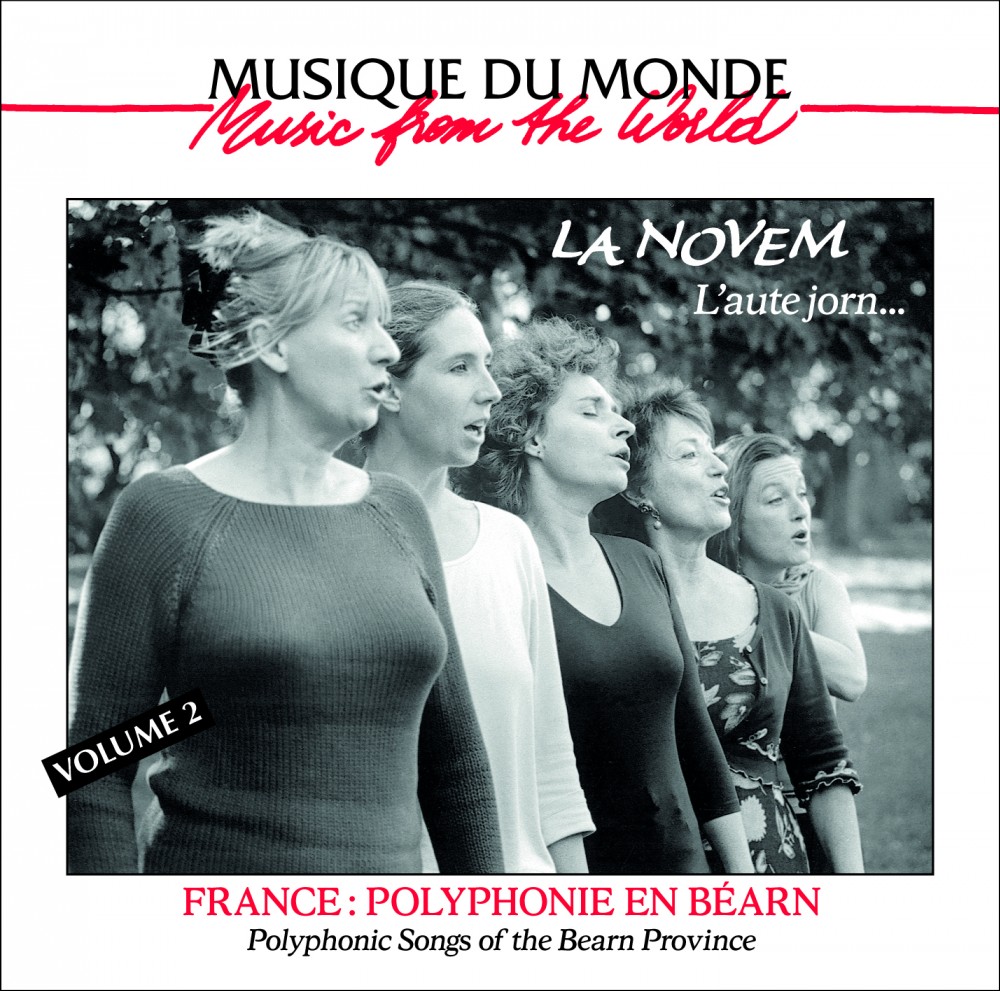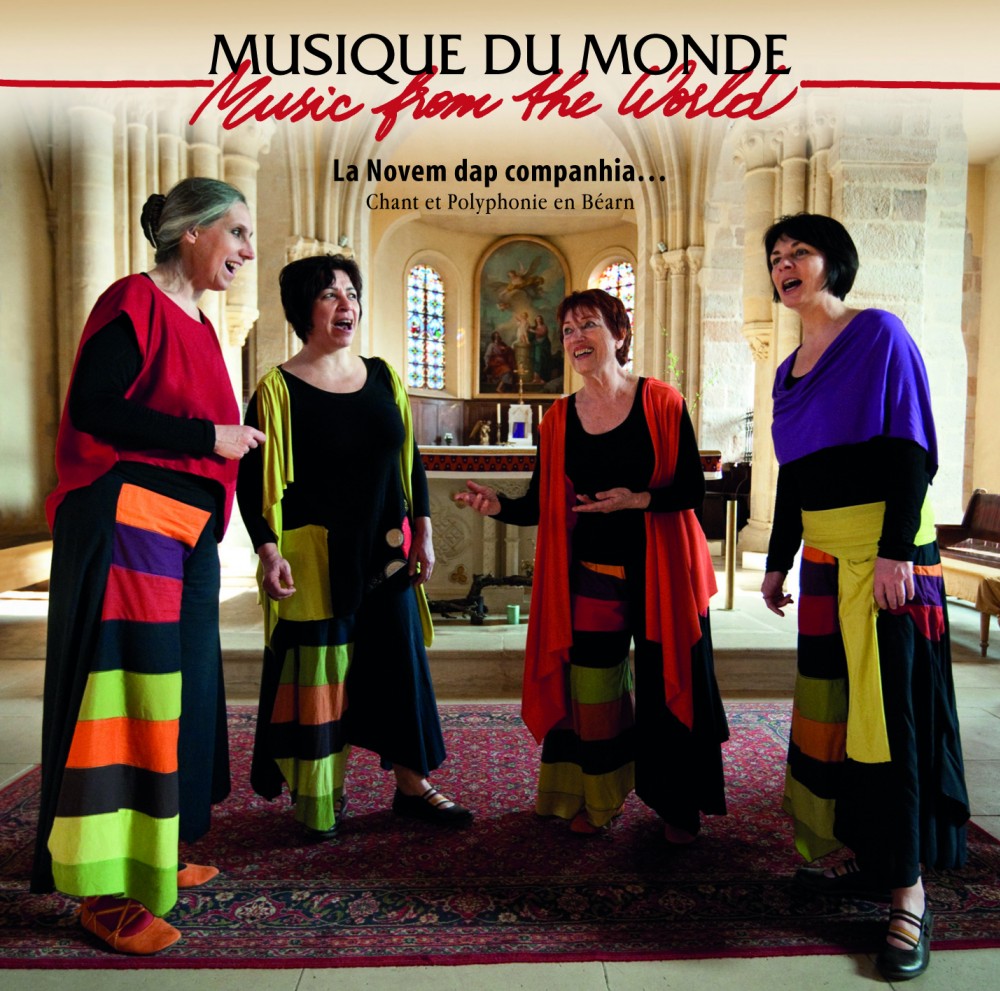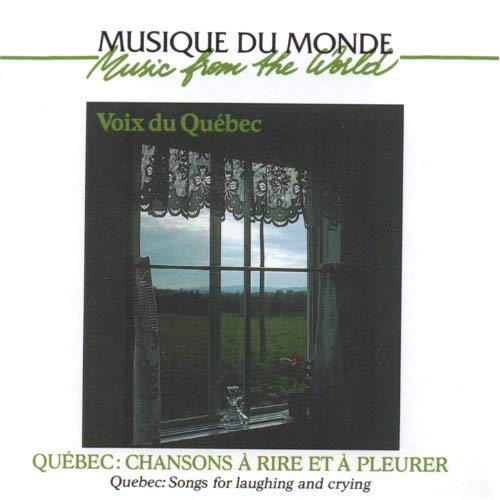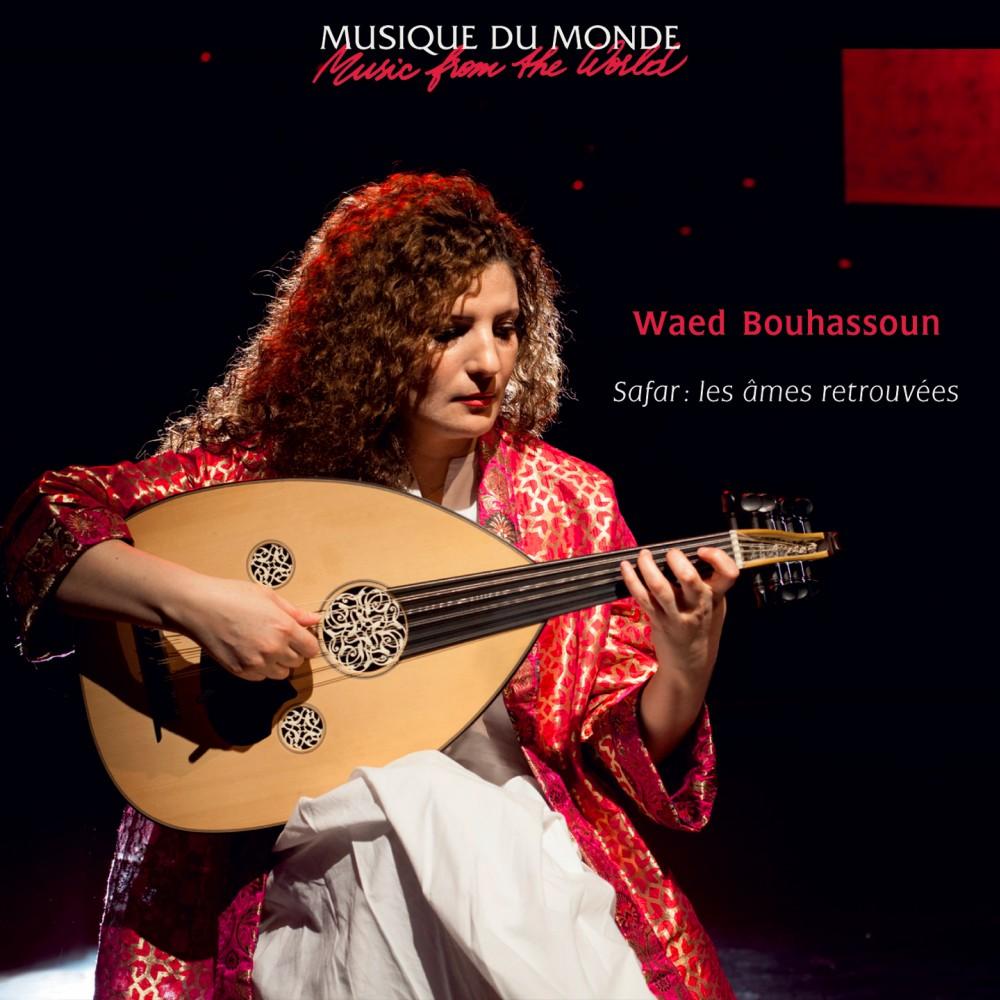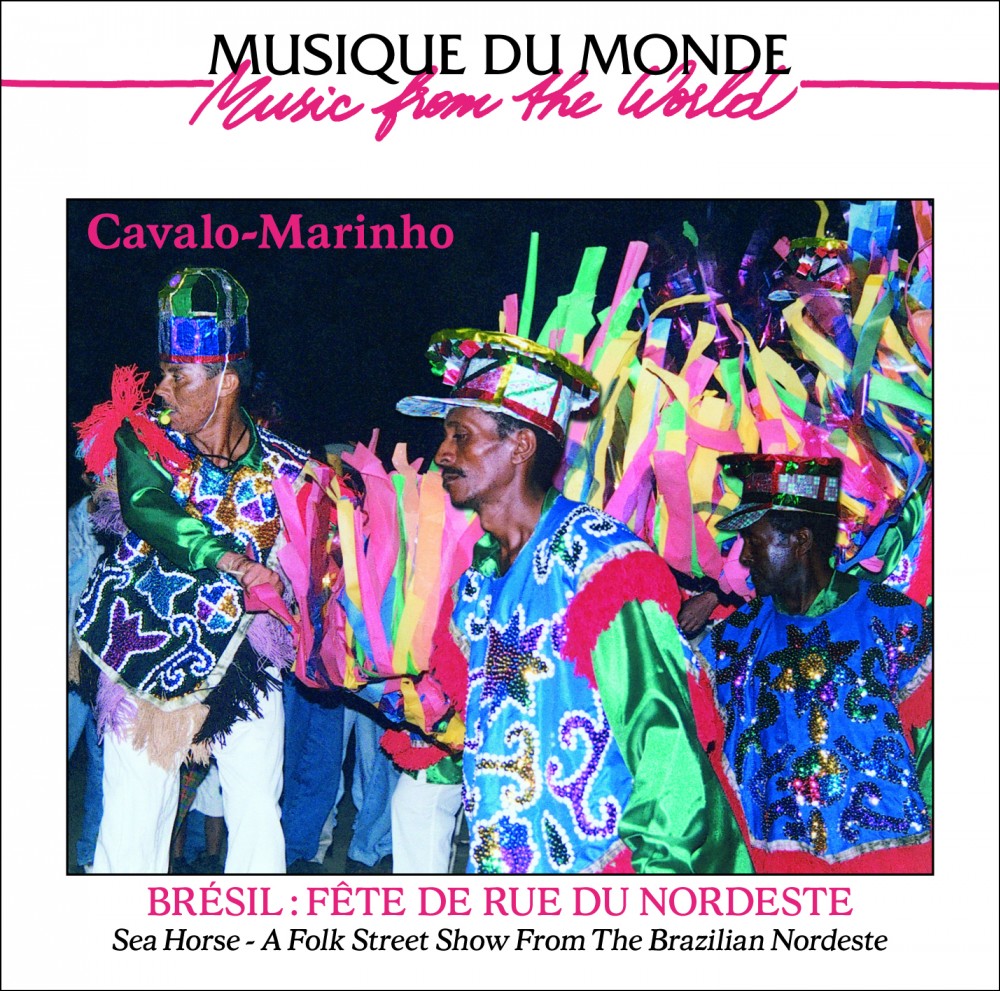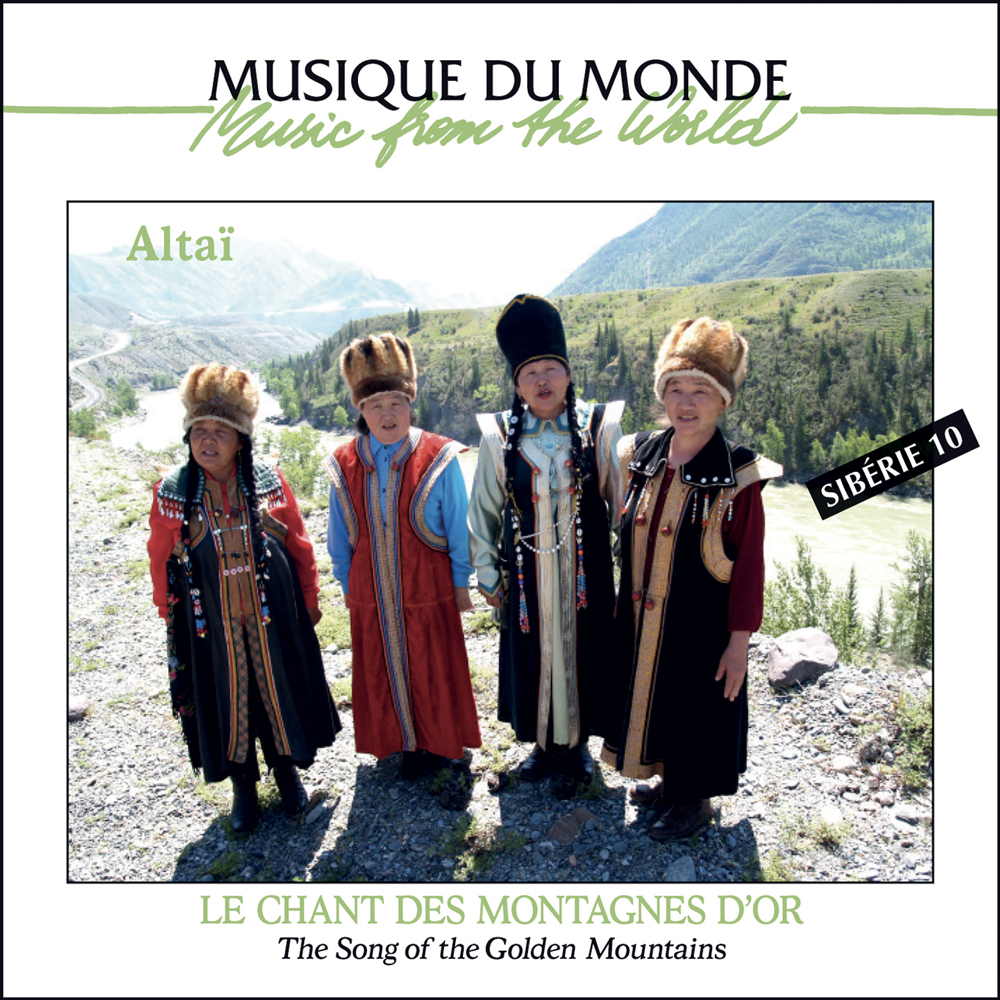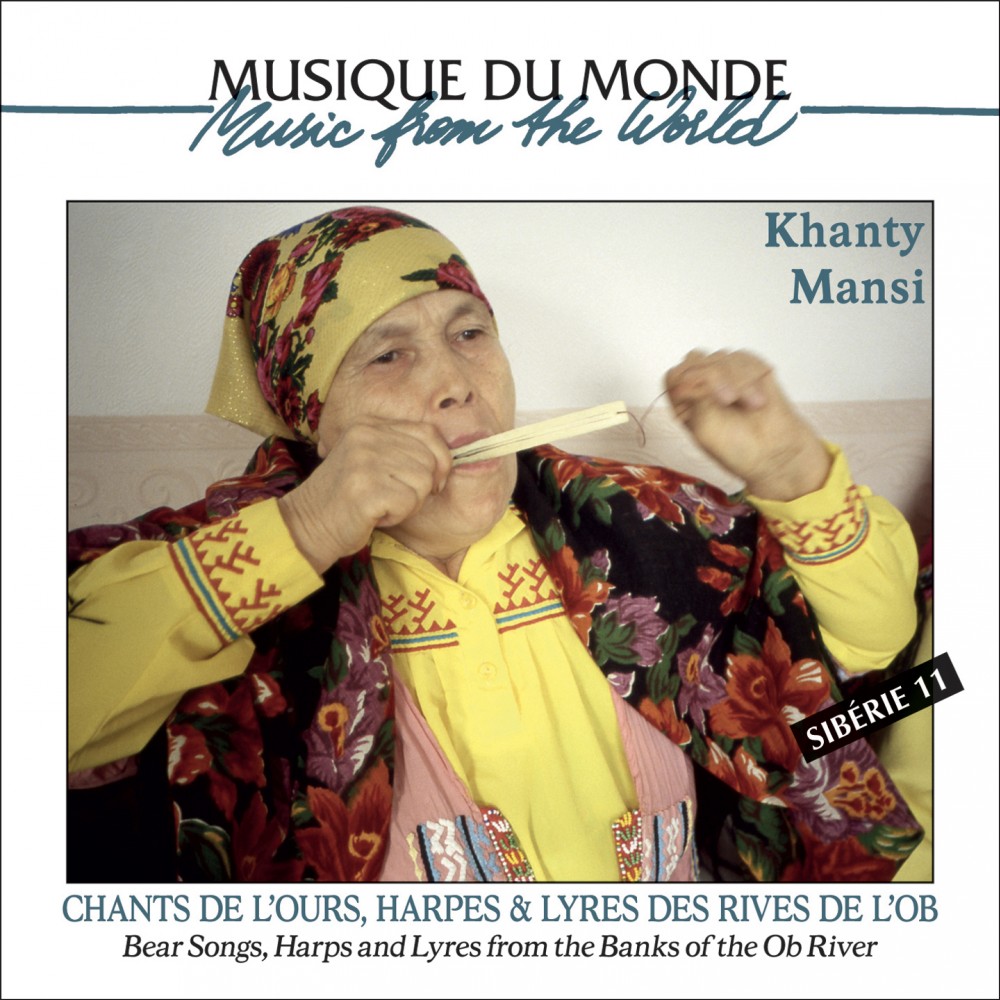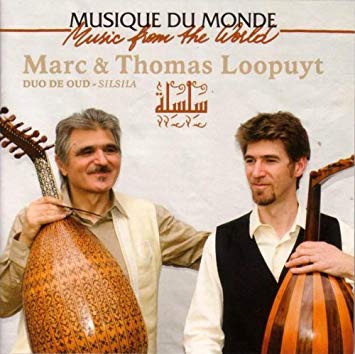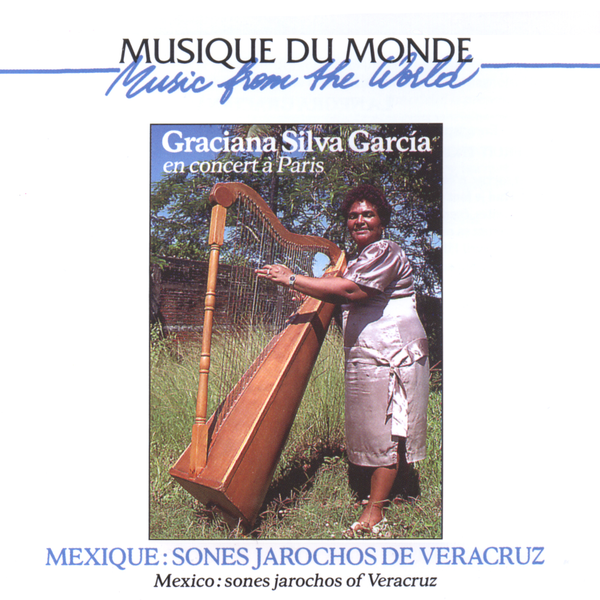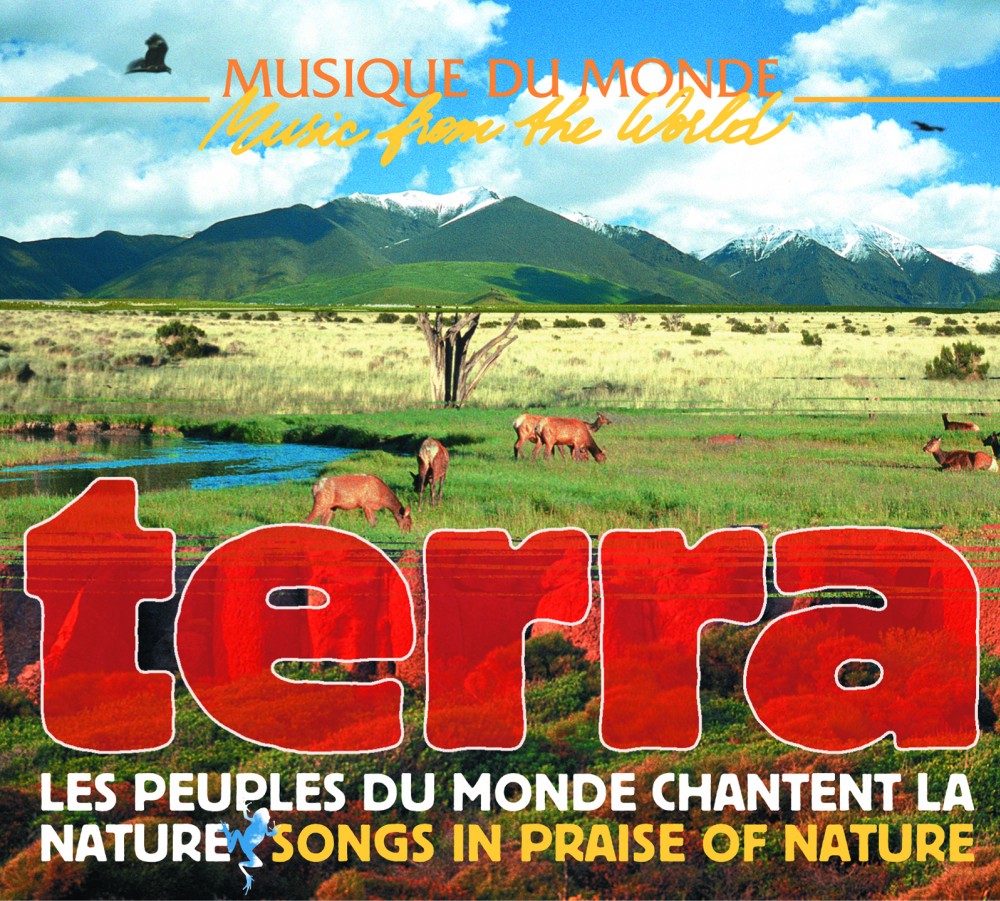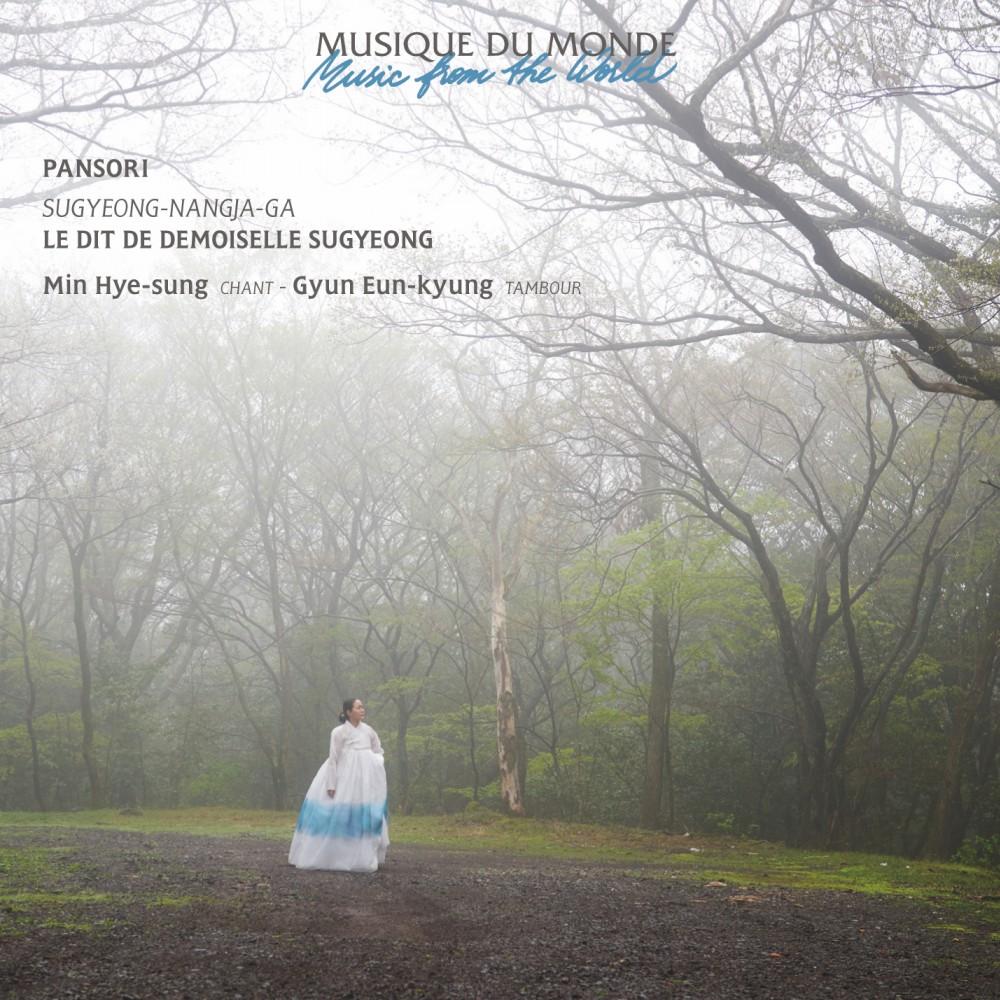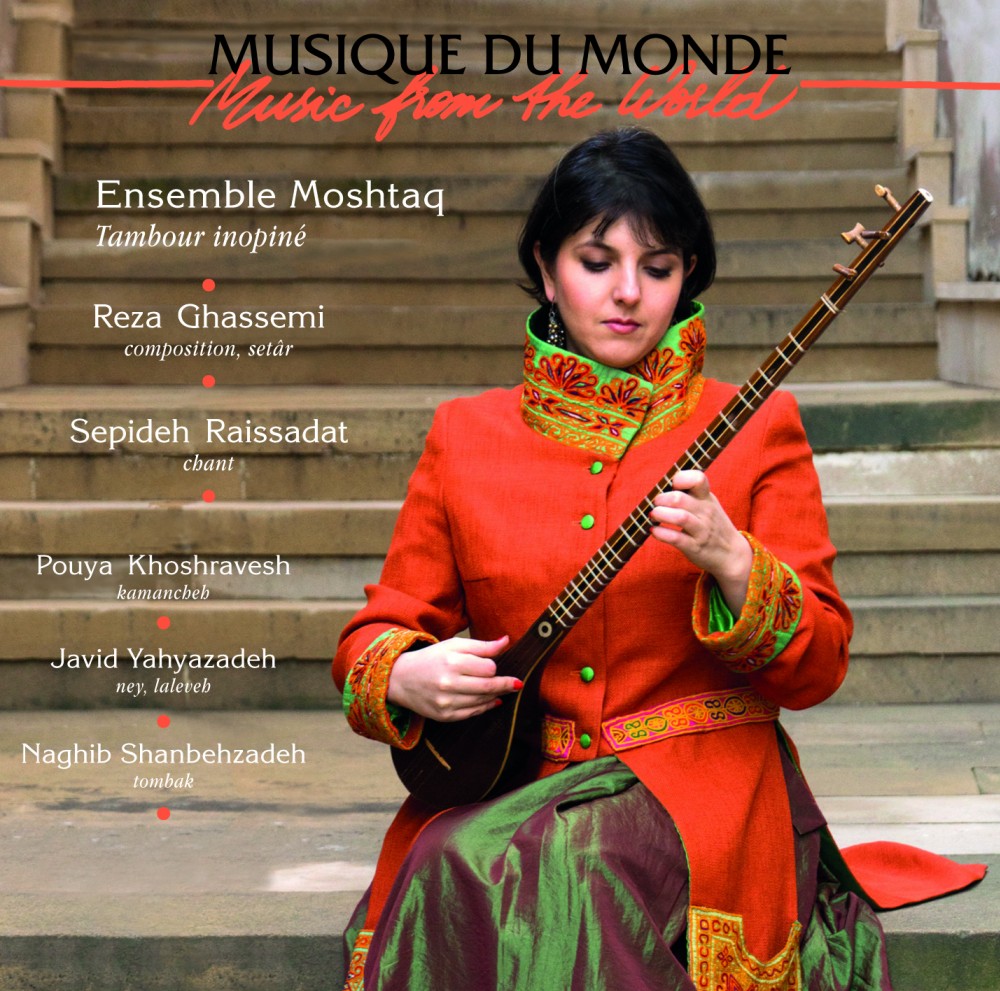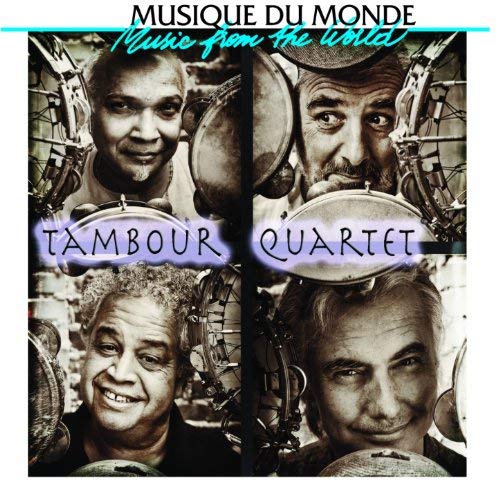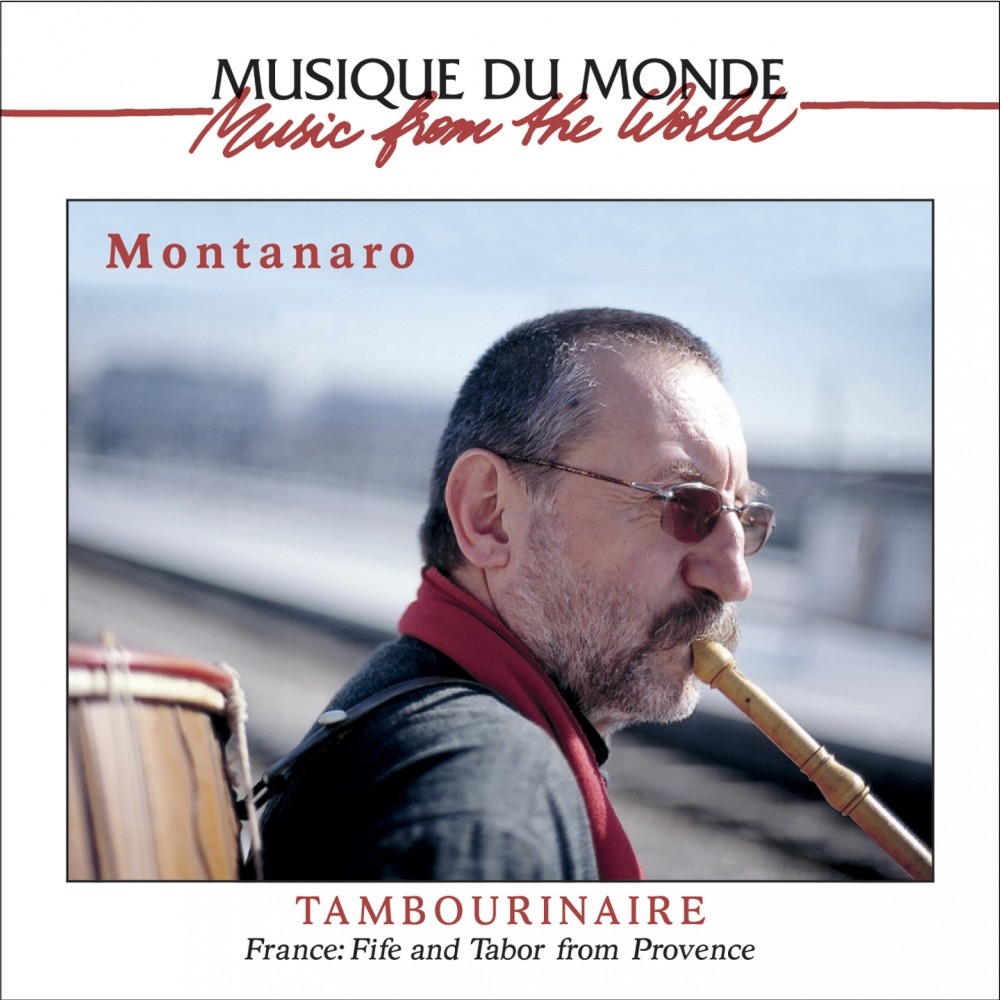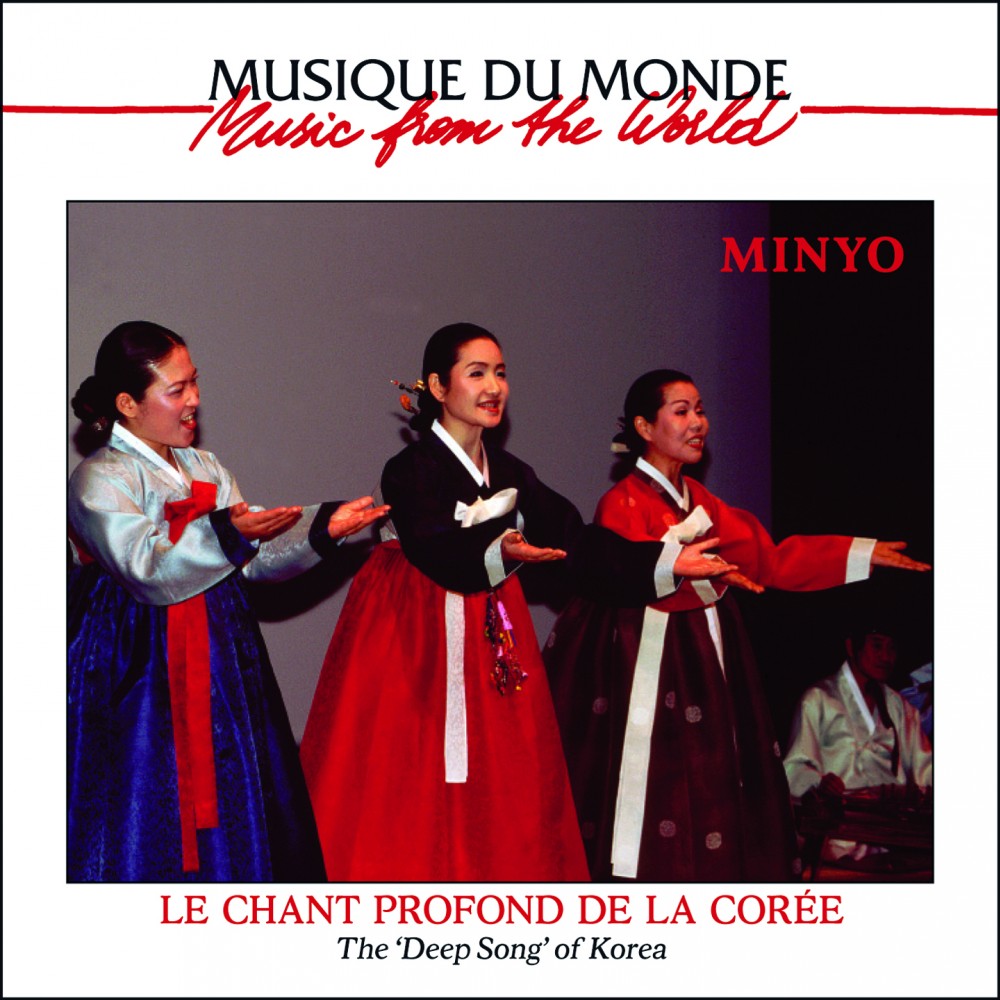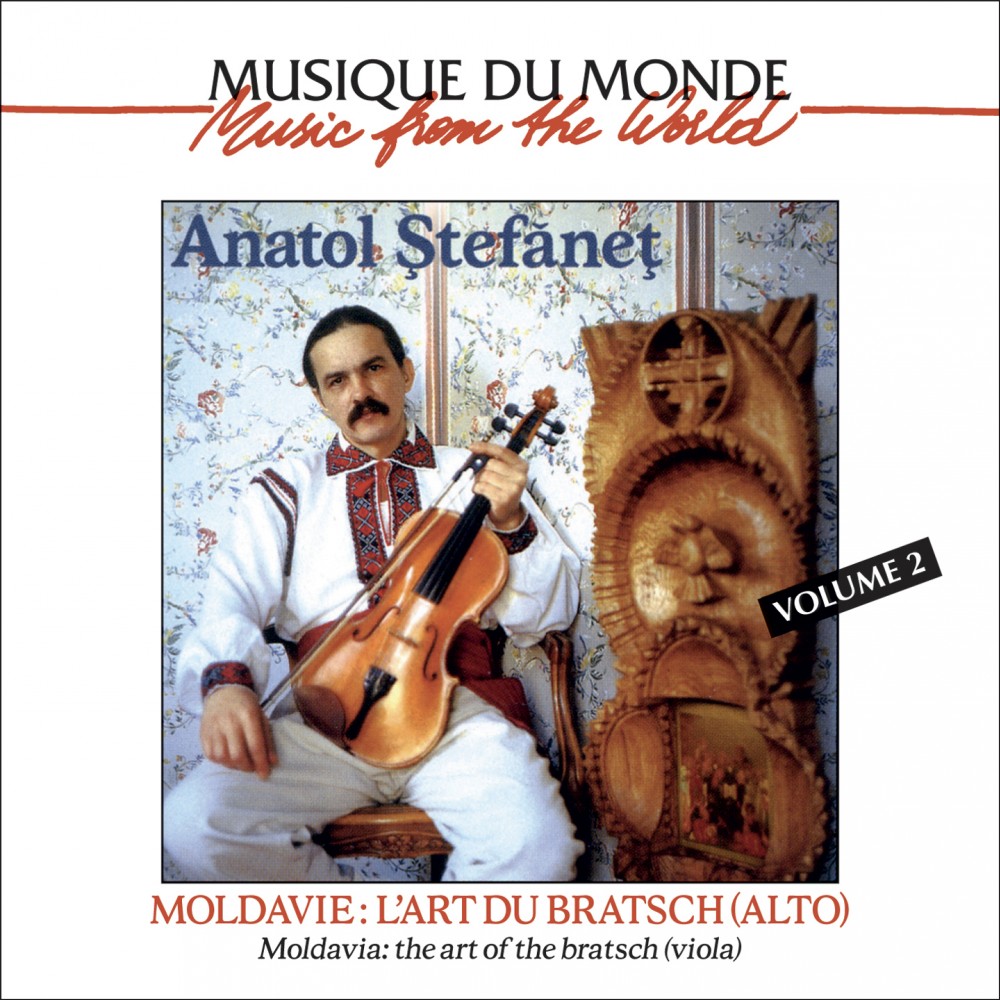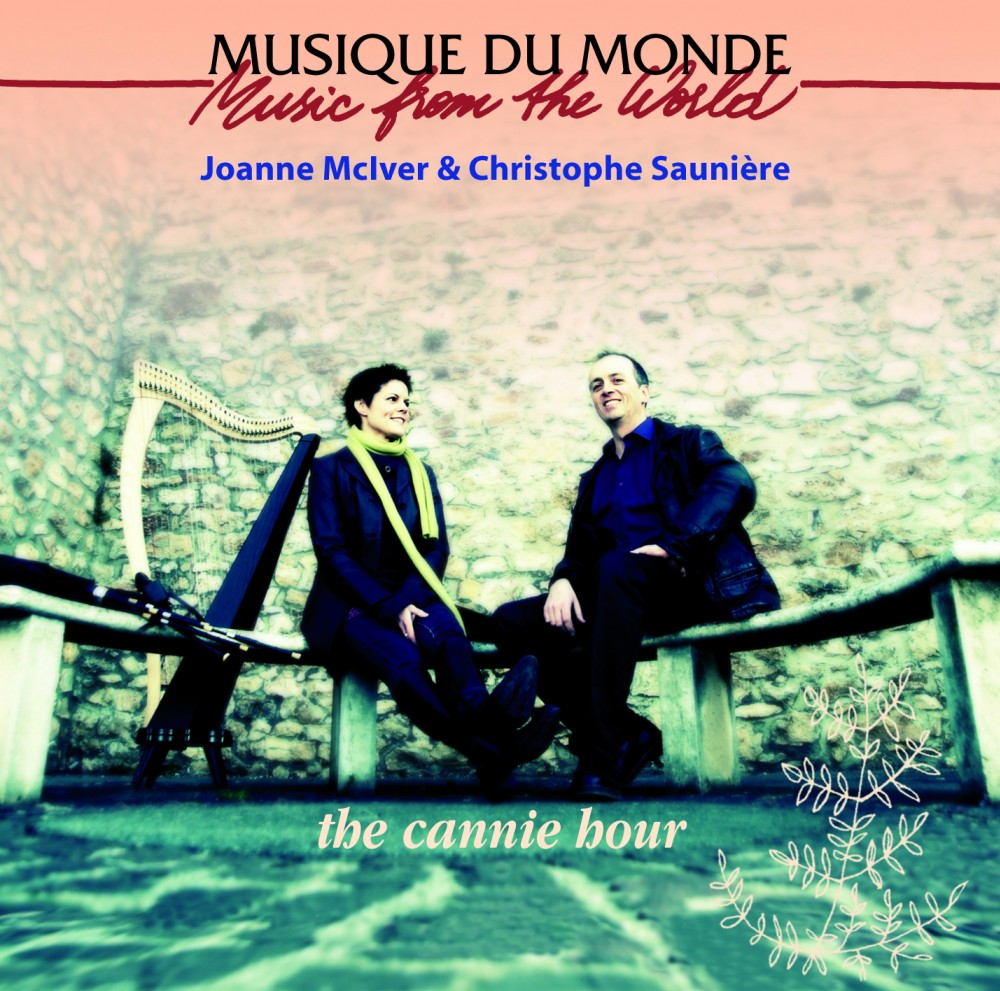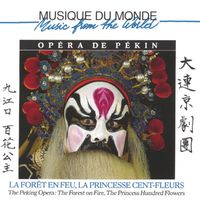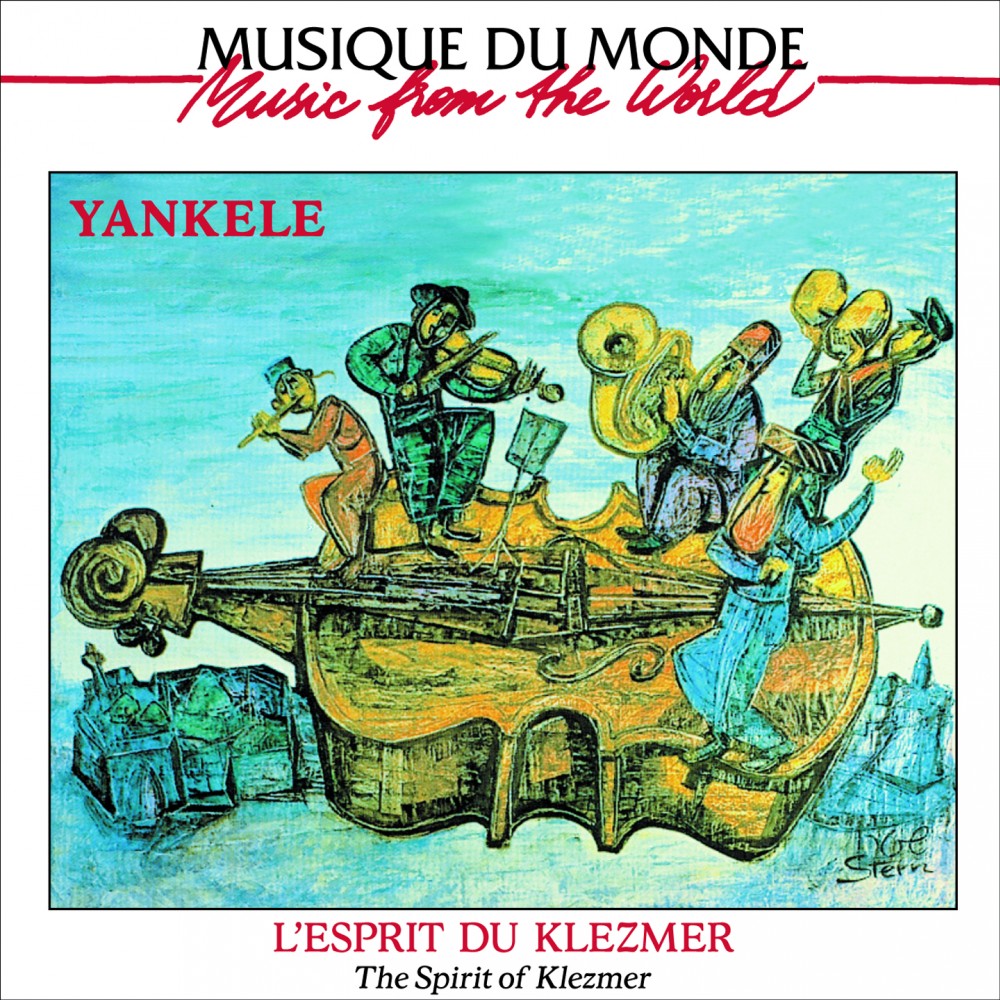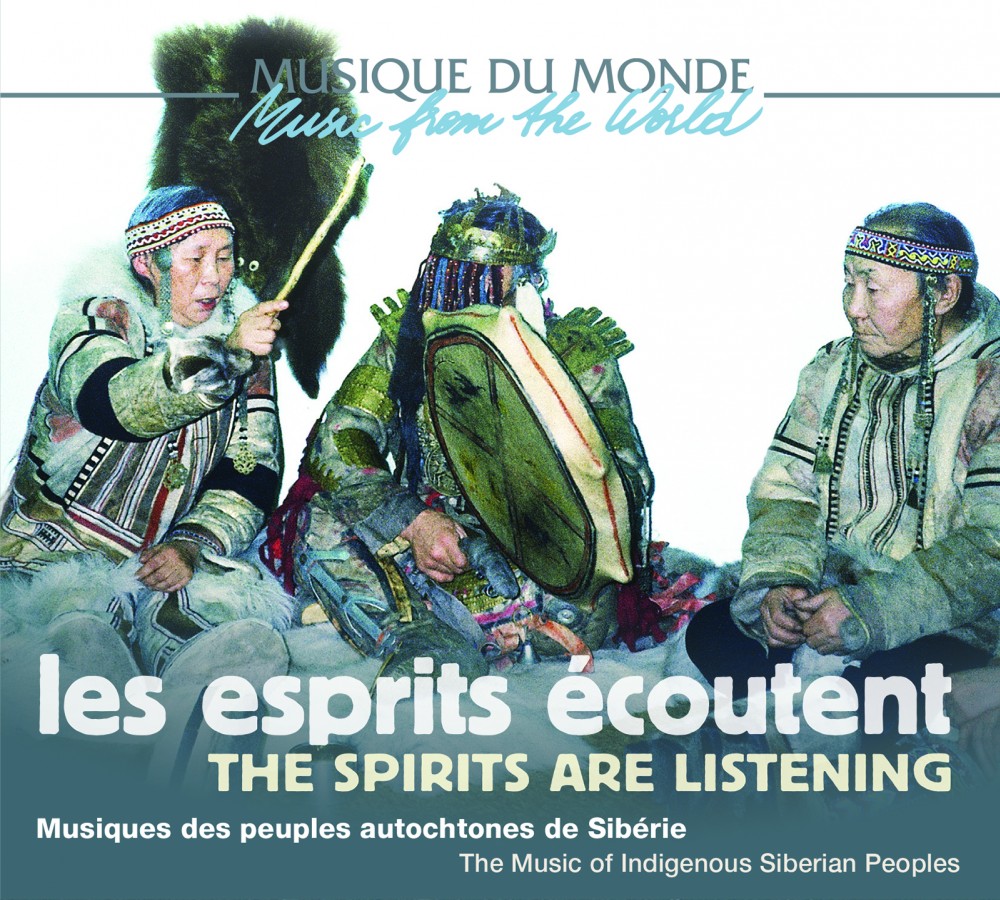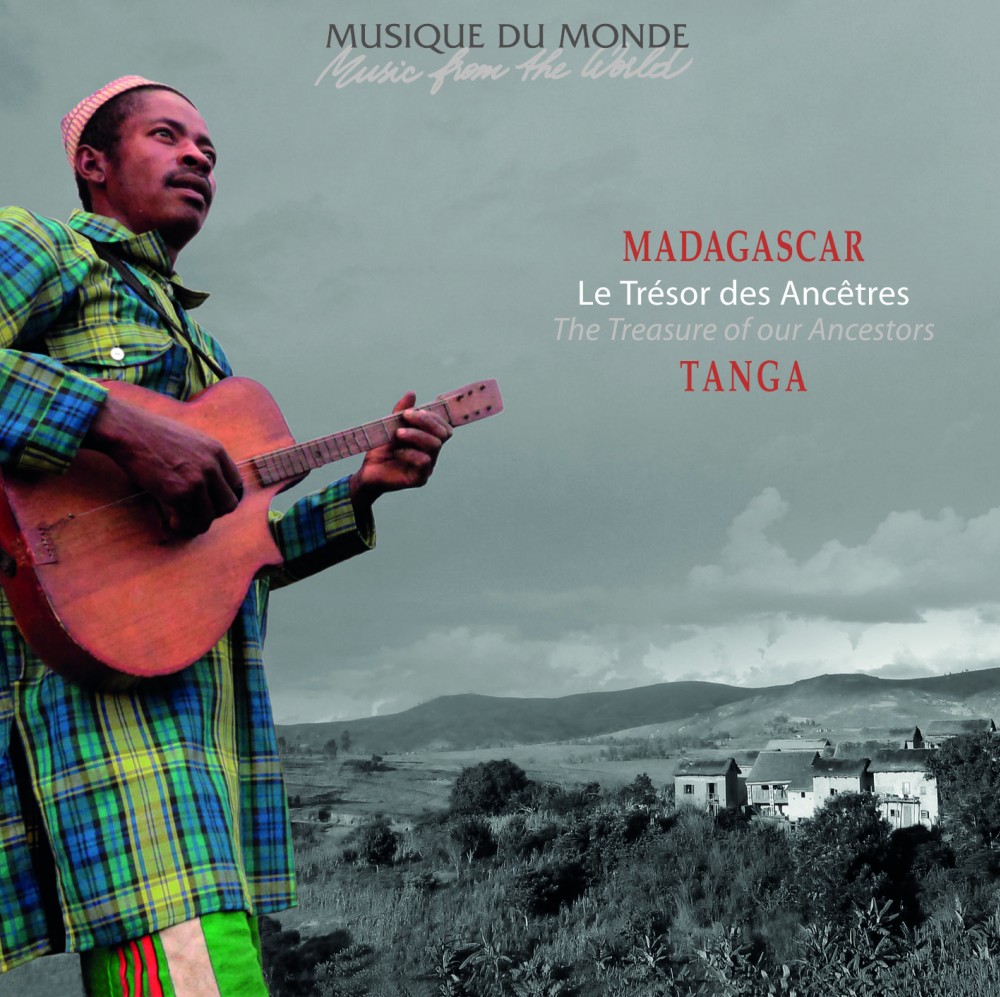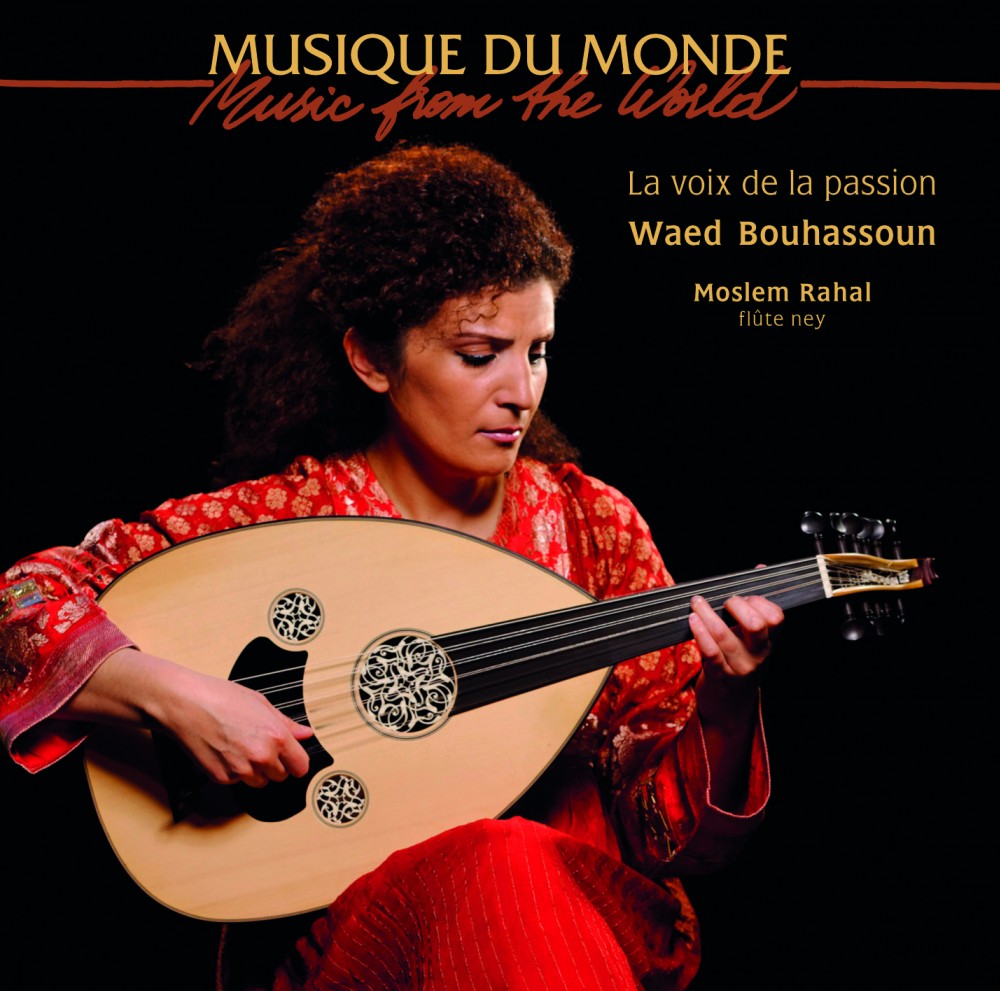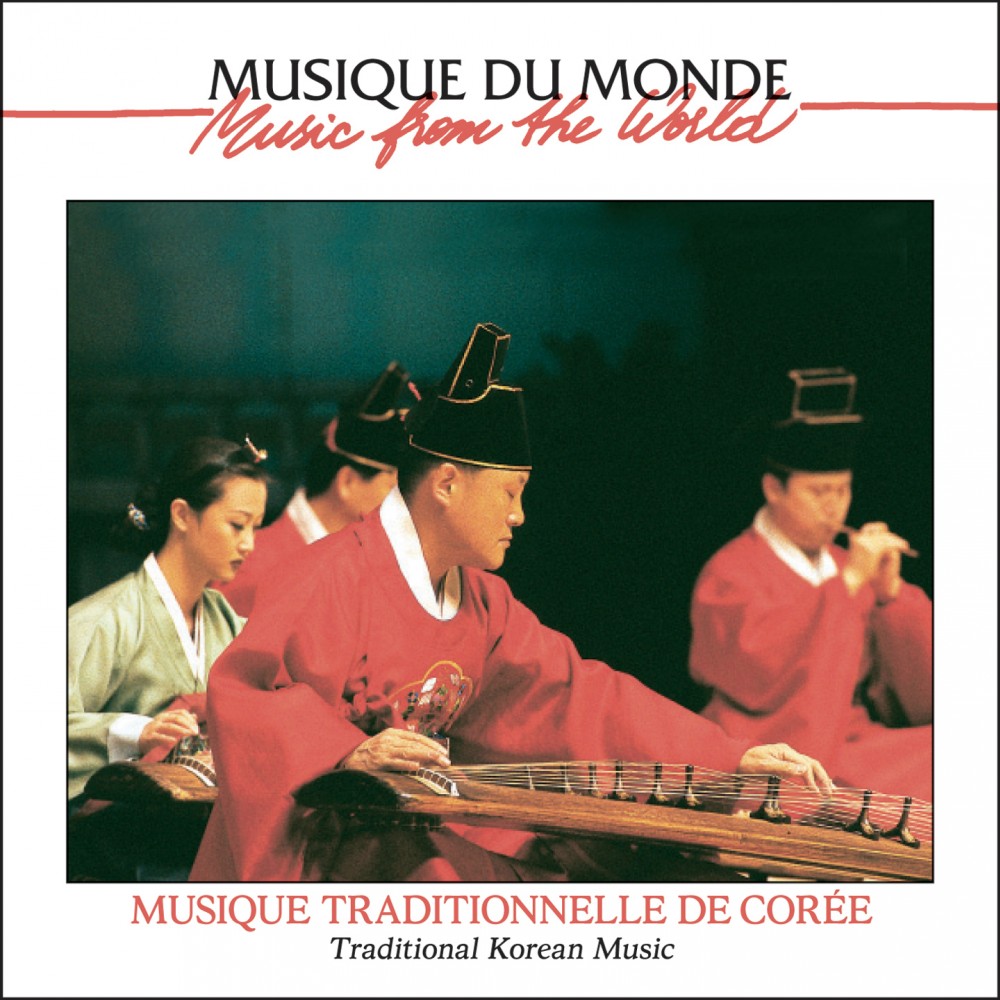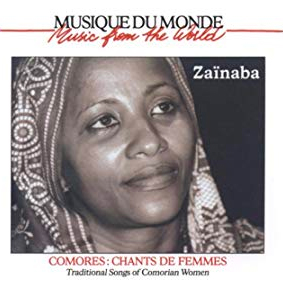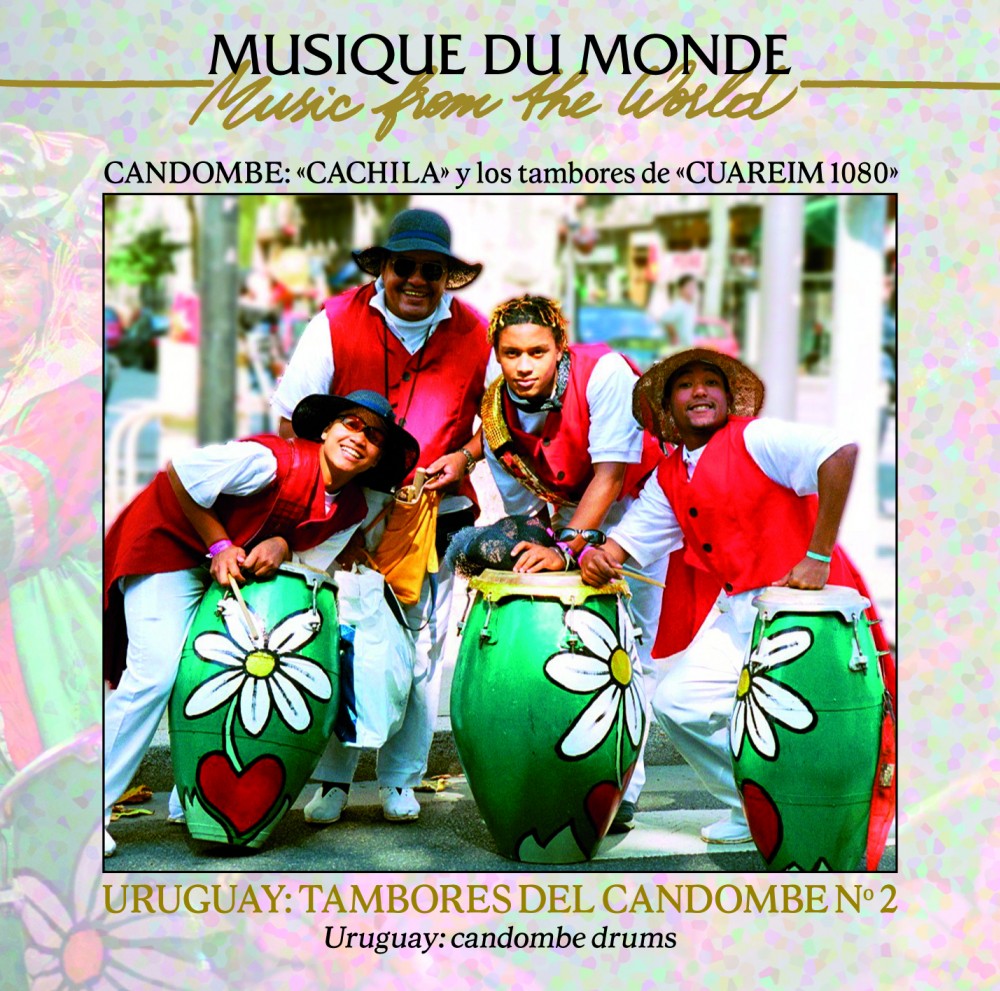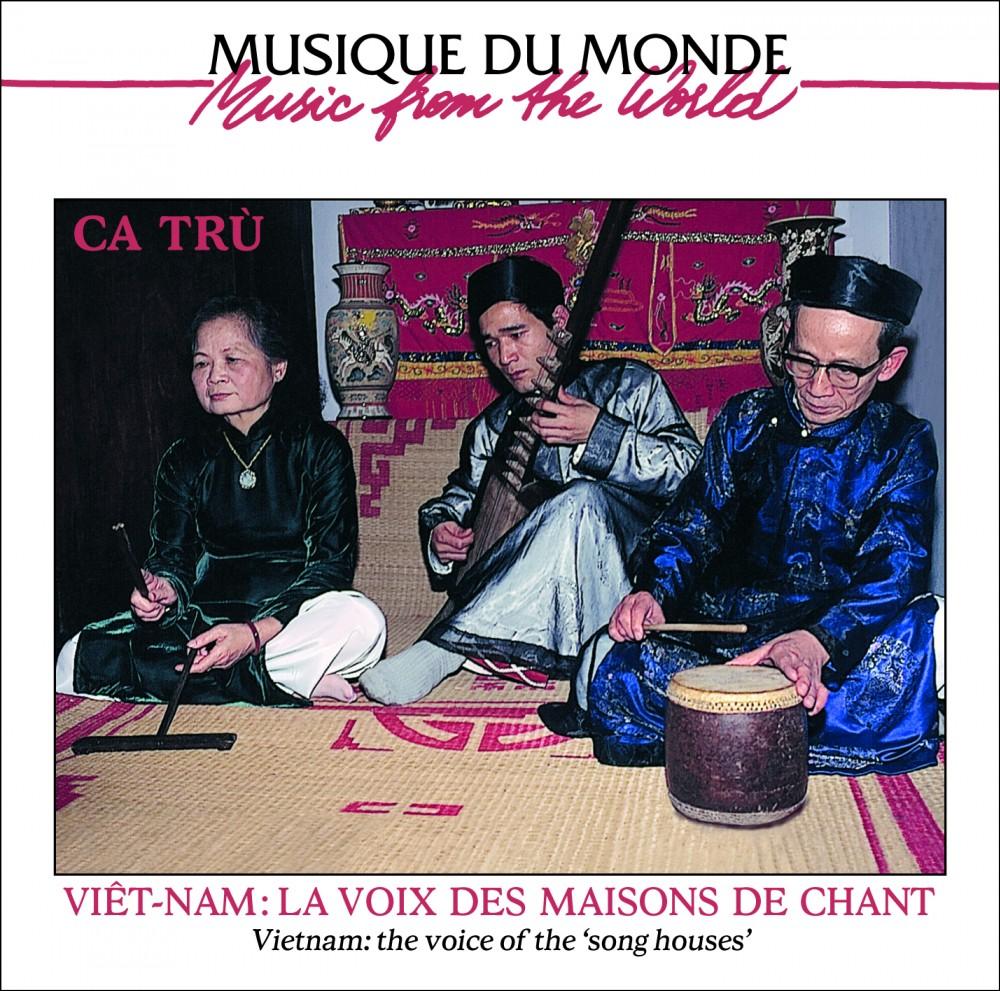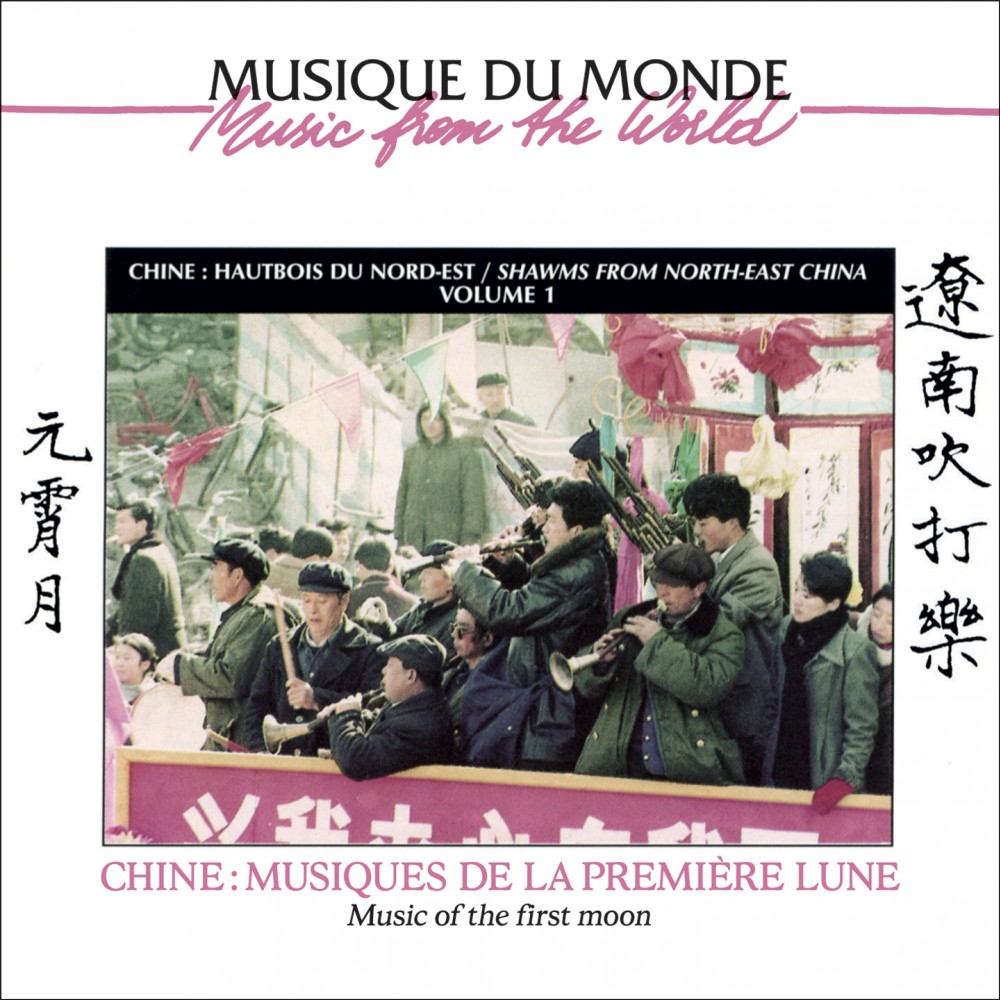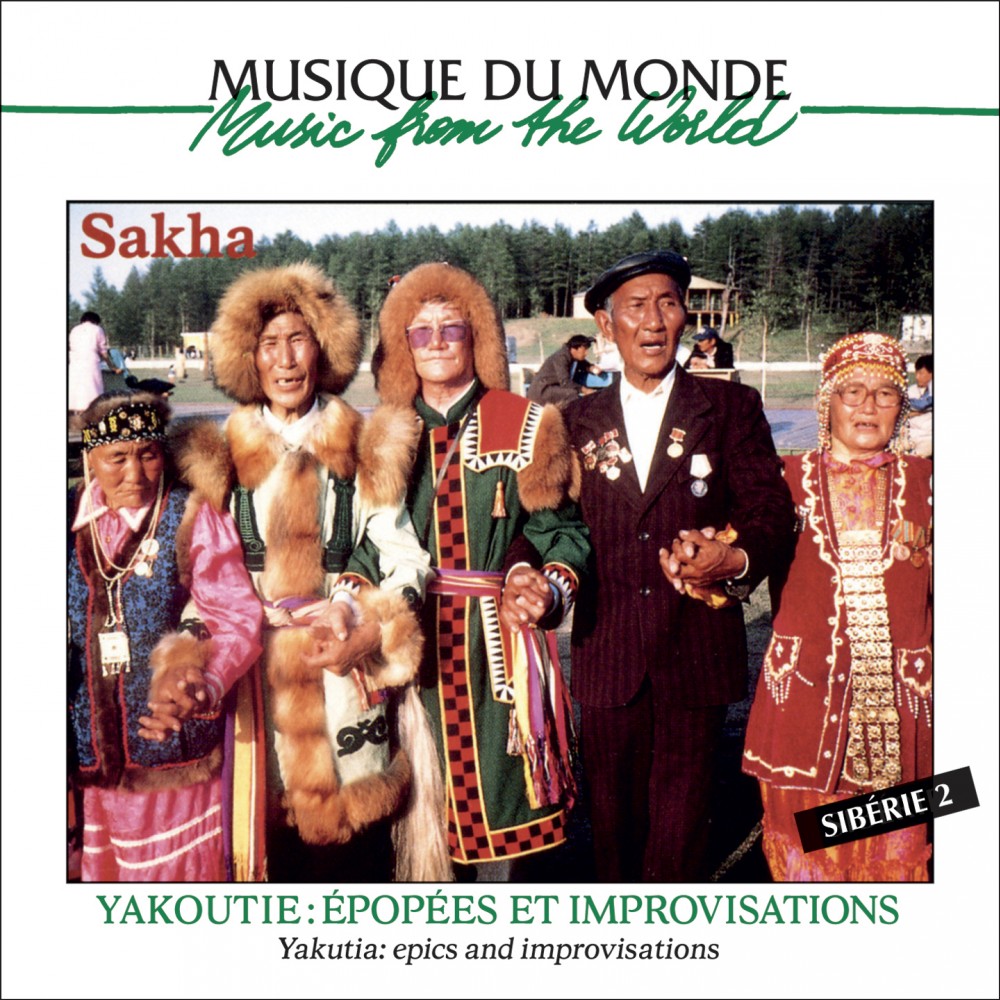Xöömij overtone singing from Mongolia
At the outermost bounds of Central Asia, over 1500km from Ulaanbaatar, in the valley that takes Mongolia’s southwest road to the town of Xovd (Khovd), not far from the village of Zerleg, there is a pass between two mountain ranges, which leads to Chandman (Chadmani). Xoer Altai is the name the natives have given to these two mountain ranges standing face to face. It means “Two Altai”. It is also the name Tserendavaa and his son Tsogtgerel have chosen for this record, Xoer Altai representing the musical path that leads us to their home.
Tserendavaa is featured on many albums, but as yet he had never recorded with his son Tsogtgerel, to whom he has passed all his music knowledge. This CD gathers the living musical tradition of a father and a son. Amongst Mongolia’s overtone singers, theirs is a different tone from what can be heard in the theatres of Ulaanbaatar, whose shows are usually aimed at the tourists. They have retained the ‘overtoning’ style specific of the western part of the country, adding a characteristic family touch: powerful voices, very pronounced pressure on the throat, salient harmonics in extreme high-pitched notes, and strong vibrato.
Mongolian overtone singing
‘Overtone’ singing is a generic term defining the whole vocal practice of a single person who voluntarily and simultaneously overlays two sounds with his voice. It is a melody of harmonics sung above a fundamental tone called drone. The harmonics originate in the vocal drone that they are extracted from by simultaneous pressure on the pharynx and diaphragm. There are several overtone-singing traditions in the world, usually sung by men, sometimes also by women. Wherever they reside, the Turko-Mongol ethnic groups Xalx, Tuva or Urianghai, Bayad, Zaghtshin and Kalmuk all sing what is called in the Mongolian language xöömij or xöömei. This term literally means “pharynx”, referring to the main body part used to produce this vocal technique. It is also the generic name given to Mongolian overtone singing.
In Mongolia, this song style was exclusively male until recently, as it was thought that women would lose their fertility if they indulged in it. Women have now been practicing it for two generations. Tserendavaa and Odsuren (Tsogtgerel’s present teacher) have been the two first teachers to pass on their knowledge to the fair sex.
A multitude of techniques can be found in Mongolia. They are grouped within two main styles, differentiated by the manner of producing harmonics: the xarxiraa (deep xöömij ) and isgeree xöömij (whistled xöömij).
The xarxiraa vocal emission:
The singer sings a drone in a normal voice, then he inhales deeply and, simultaneously pressing on his pharynx and abdomen, he produces a deep harmonic sound which vibrates one octave lower than the fundamental note produced. What you hear is in a very low-pitched register. The singer actually vibrates not only his vocal cords but also his arytenoid cartilage. It is this deep harmonic sound that is heard in the foreground and that characterises the xarxiraa style, although in some variants a melody of high-pitched harmonics can be heard above the fundamental sound.
The isgeree xöömij emission:
The singer sings a drone in a normal voice, then he inhales deeply and, still pressing simultaneously on his pharynx and abdomen he produces a harmonic sound, which vibrates several octaves above the fundamental sound. A melody of harmonics with a very high-pitched whistle can then be heard.
In both the xarxiraa and the isgeree xöömij cases, the harmonic melody is sung in the same fashion. The singer modulates the inside of this mouth cavity by opening and closing his lips or by moving his tongue backwards, sticking its tip on his palate, or else by moving the central part of his tongue from front to back, its tip against his bottom teeth. To this are added techniques aiming to enrich the tone colour and others of ornamental character. Moreover, all these techniques can be combined. In these multiple cases, the names vary according to the singers, and opinions often diverge. A single example perfectly illustrates this problem: the isgeree xöömij style has different names for the same vocal performance, such as isgeree xöömij (whistled xöömij) shingen xöömij (xöömij of scattered tones) bagalzuurin xöömij (throat xöömij) tsuurai xöömij (echo xöömij) davxar xöömij (stratified xöömij) nariin xöömij (high-pitched xöömij) and uyangiin xöömij (melodious xöömij). When you listen, you can hear a difference in tone colour, which is intentional on the part of the singers, yet the way of singing is globally the same. This means that a singer gives a name to what he personally sings and not to what is sung within the present-day xöömijch (‘xöömij singer’) community.
The main factor for these changes is the fact that xöömij, once a nomadic pastoral art, has now become professionalised. Before Tserendavaa’s generation, there were fewer techniques than nowadays, and the practice probably boiled down to two styles of xarxiraa and isgeree xöömij, with few variants. The competition stemming from the commercialisation of overtone singing, which has developed since the eighties, the multiplication of world tours and then the rapid opening of post-communist Mongolia to Western fashion, all have played a large part in this transformation. What is heard today on stage and CD is no longer the bucolic overtone singing of the Altai shepherds — which still remains— but an overtone song pushed to the outermost limits of the vocal abilities and virtuosity of professional singers. There are many legends and hypotheses about the origins of the xöömij, the oldest sources going back as far as the Gengis Khan Empire in the 13th century. But in every case, the appearance of the first overtone song was linked to natural elements. In his house in Chandman, Tserendavaa told me a version of the Bazarsad legend:
“A very long time ago, there lived a poor man named Bazarsad. He had six goats and a horse. One day, he lost two goats to a storm. He had to give milk from other goats to the orphaned kids, but they did not want it. His wife tried to feed them for a few days, bringing the goats closer to the kids, but the goats did not want them either. One night, Bazarsad himself tried to make them get together. He sang for a very long time, chanting the words people say to goats in such occasions “zuu, zuu”, “zeeg, zeeg”. The goats started to feel better, no longer biting the small kids, not even pushing them away with their horns; and they had milk. This is how they started to feed the kids of the goats that were gone. Bazarsad sang for a very long time. Suddenly, the sound became strange, with pressure from his throat. While doing this, he was thinking about the high mountains, the sound of the rivers and the rustle of the wind in the trees. He was thinking about the cries of birds, bulls, camels and horses. He was thinking about the sound of animals and nature. This is how he invented the xöömij, unknowingly. In Chandman, there are many families that are descended from Bazarsad. They have developed this art of singing, a heritage passed on from one generation to the next, which has now become a virtuoso art in Mongolia.”
The repertoire
The music on these recordings stems from the ‘repertoires’ of Mongolian overtone singing, and for a large part from the characteristic songs pertaining to the musical traditions of Western Mongolia. The Mongols are a people of singers. The voice has pride of place, with multiple techniques and a variety of rich songs. The Mongolian culture is pre-eminently nomadic. Elements from the cohabitation between nature and mankind form the core of the vocal and instrumental repertoires, and are also to be found in the instrument making.
Magtaal (praise songs) can be played on their own or as a prelude to a long epic. They evoke the beauty and glory of the place, item, animal or person at whom the praises are aimed, so that the inhabiting deities will be kind. Xöömij comes as a musical interlude marking a pause between two verses, also as a vocal element blending with nature.
The long songs urtiin duu, spread throughout Mongolia, can be sung a cappella, following the tradition — as Tserendavaa does— and also accompanied on the moriin xuur fiddle, which follows the melismatic melody of the song with a time lag. The urtiin duu are performed on various occasions, notably musical evenings, Naadam celebrations, weddings, deaths… and haircuts.
The tatlaga form the solo repertoire of the two-stringed fiddles ekel and moriin xuur. These pieces can also accompany the byelgee dance, evoke the gait of an animal such as a horse or a camel, or describe a deed linked to pastoral life.
There are various repertoires of songs, among them satirical songs. An example of one of them is featured in this selection: Airxinii shog, a piece about the benefits and ill effects of airxi, the traditional vodka made from goat’s milk.
Just as people sing the tuuli epics, which in older days could last for several nights, they also relate in song the domog legends, which are much shorter and match the length of a normal song, lasting a few minutes. Most often accompanied on fiddles, singers can alternate between recitatives and sung melodies as they wish. Those who can perform overtone singing have made sure to integrate it into their tales.
The xöömij does not have a repertoire of its own. It borrows melodies, most often from the bogino duu short songs or the ardiin duu folk songs. Overtone singers had a habit of performing these melodies a cappella, without their lyrics. Since overtone singing started to develop, many of them have added musical accompaniment, whether neo-traditional (an ensemble of traditional Mongol instruments with Western orchestration) or more modern (playback with the synthetic sounds of computer programming). But what with the genre becoming more and more professional, the xöömijch have created and developed a new repertoire, specific to their vocal art: demonstration pieces. For the length of a song, accompanied on the fiddle or lute, the singer combines in one or several melodies the various overtone techniques that he masters, in order to display his virtuosity. This is the case with the piece Dörvön xöömijnii töröl interpreted by Tsogtgerel. What he sings here with a few modifications is a piece that was written in the 1980s by T. Ganbold, who was at the origin of this new repertoire.
Improvisation is also an integral part of overtone practice, as —it is said— it was by attempting to imitate the wind, birds, the echoes in the mountains, the streaming of water etc that the first overtone song came about. Unlike what can be heard daily amongst the xöömijch shepherds, the pieces recorded here are based on a technical superposition of several kinds of xöömij, in order to create a specific atmosphere relating to the surrounding nomadic world.
